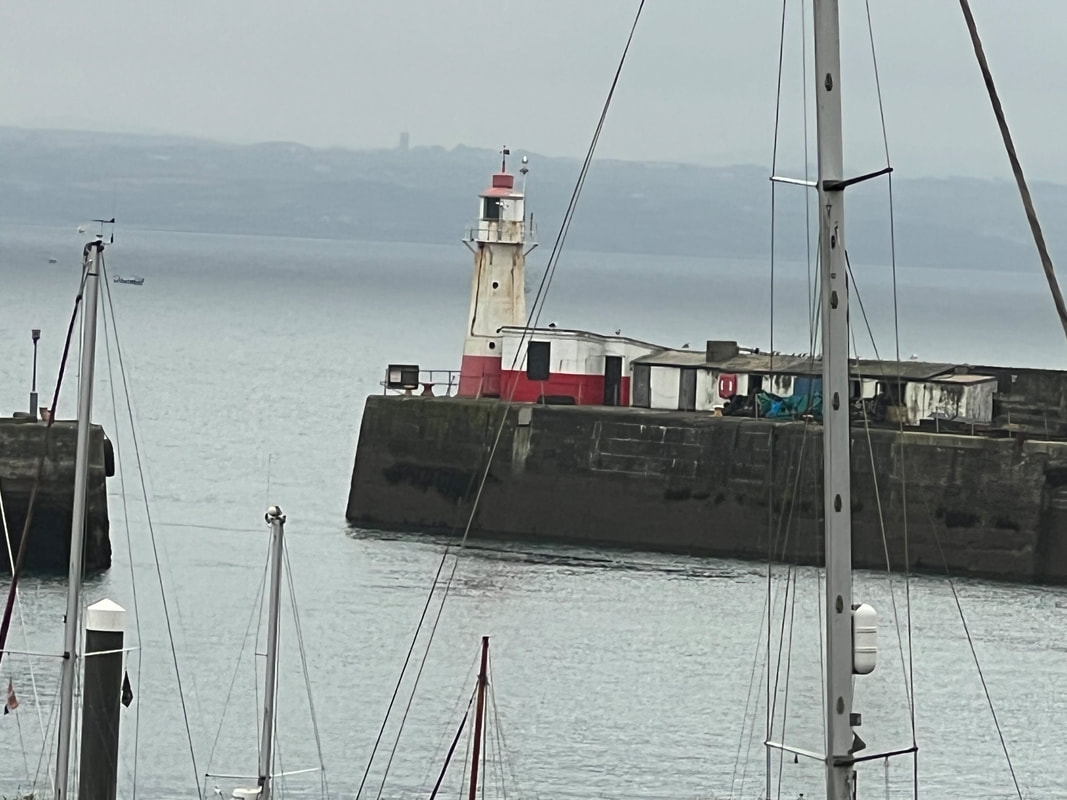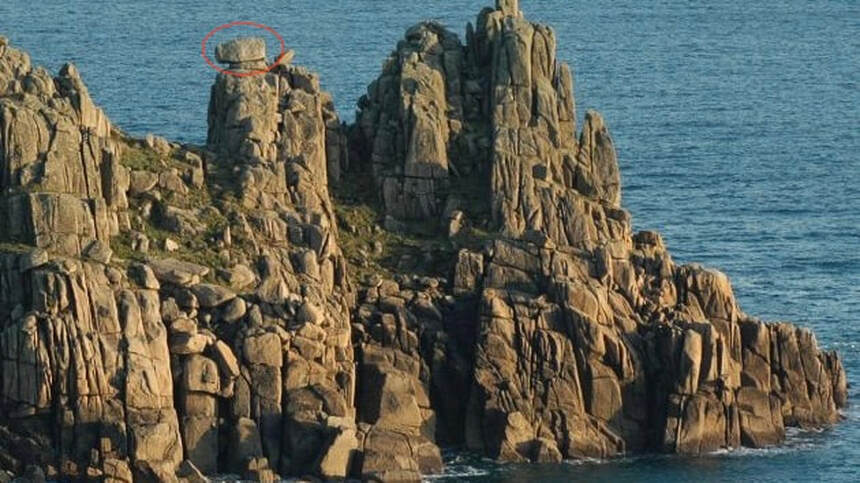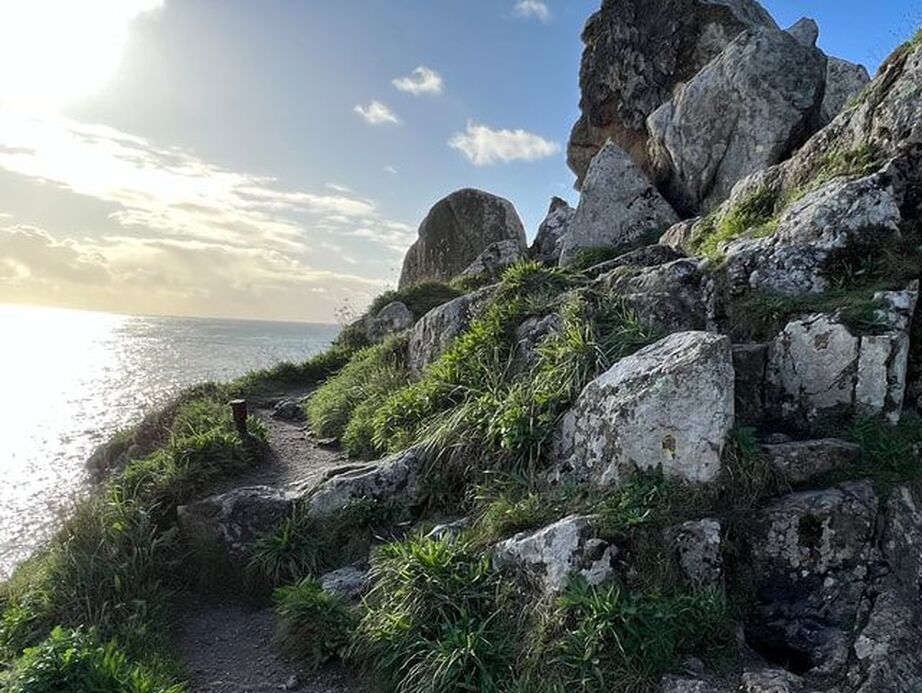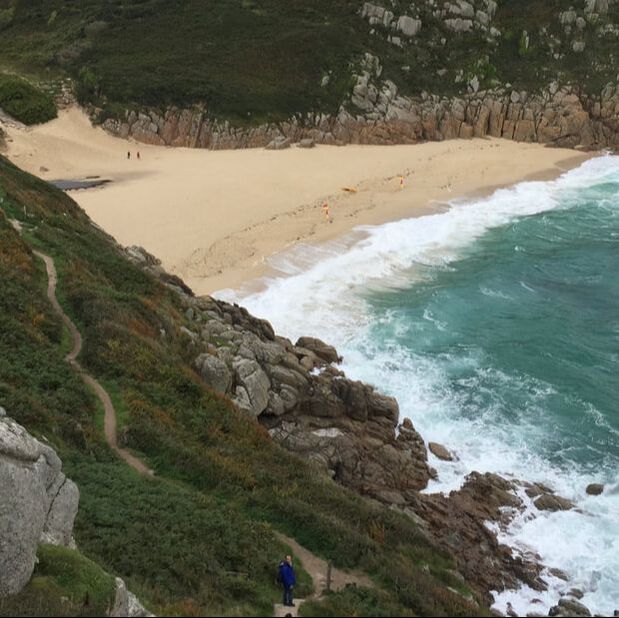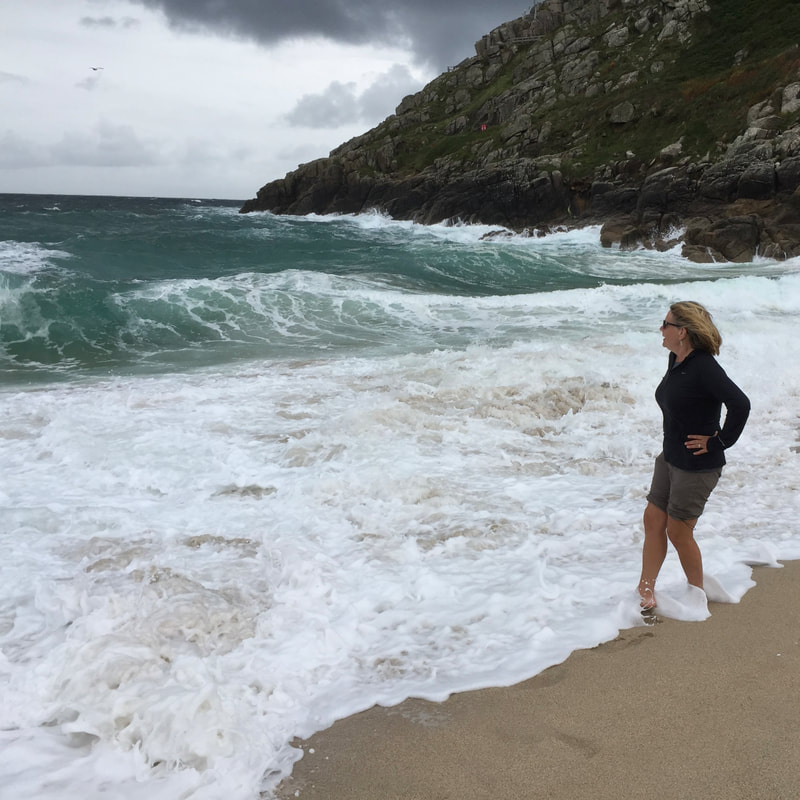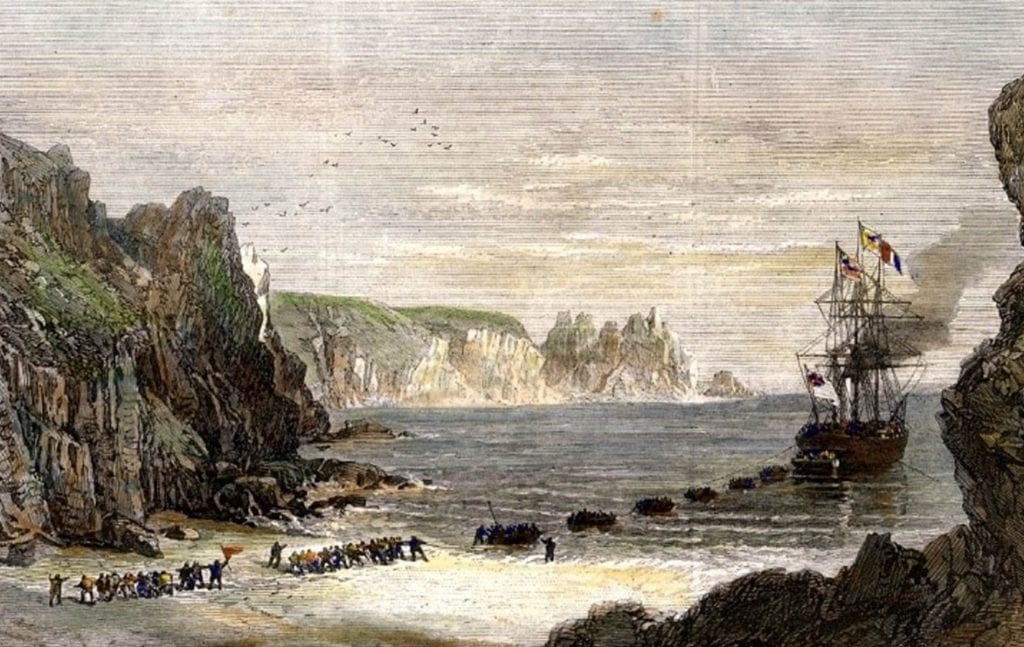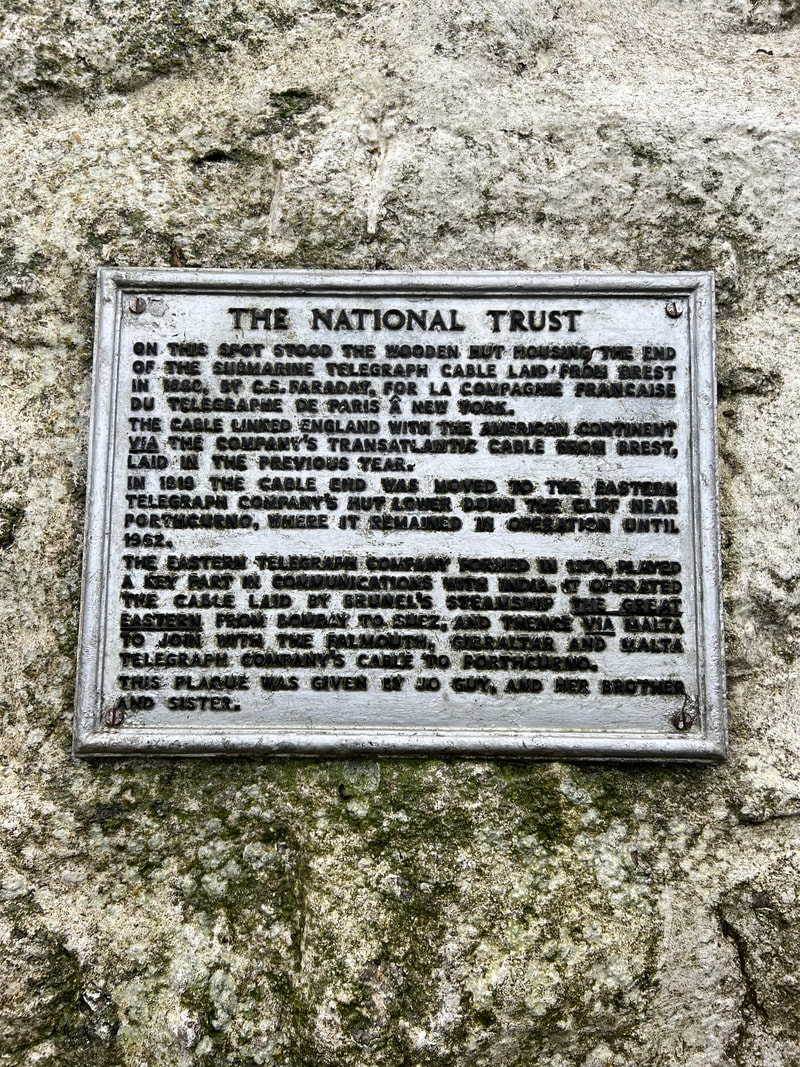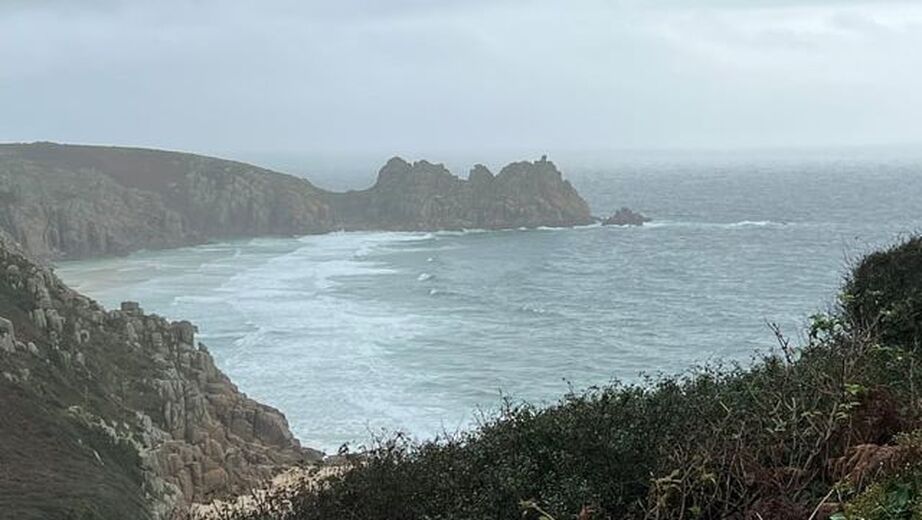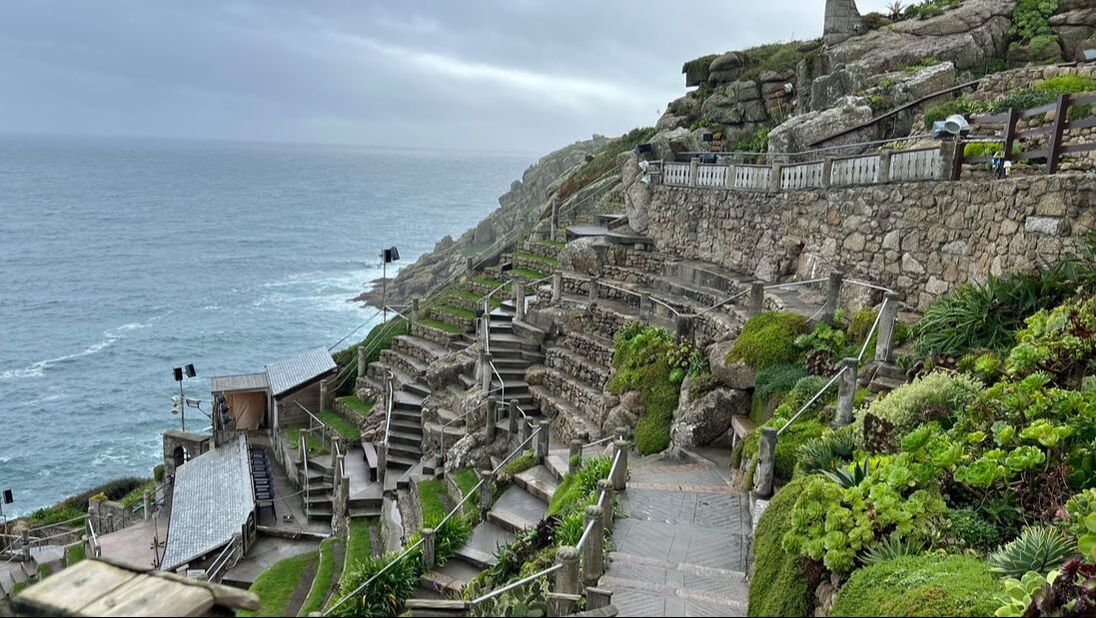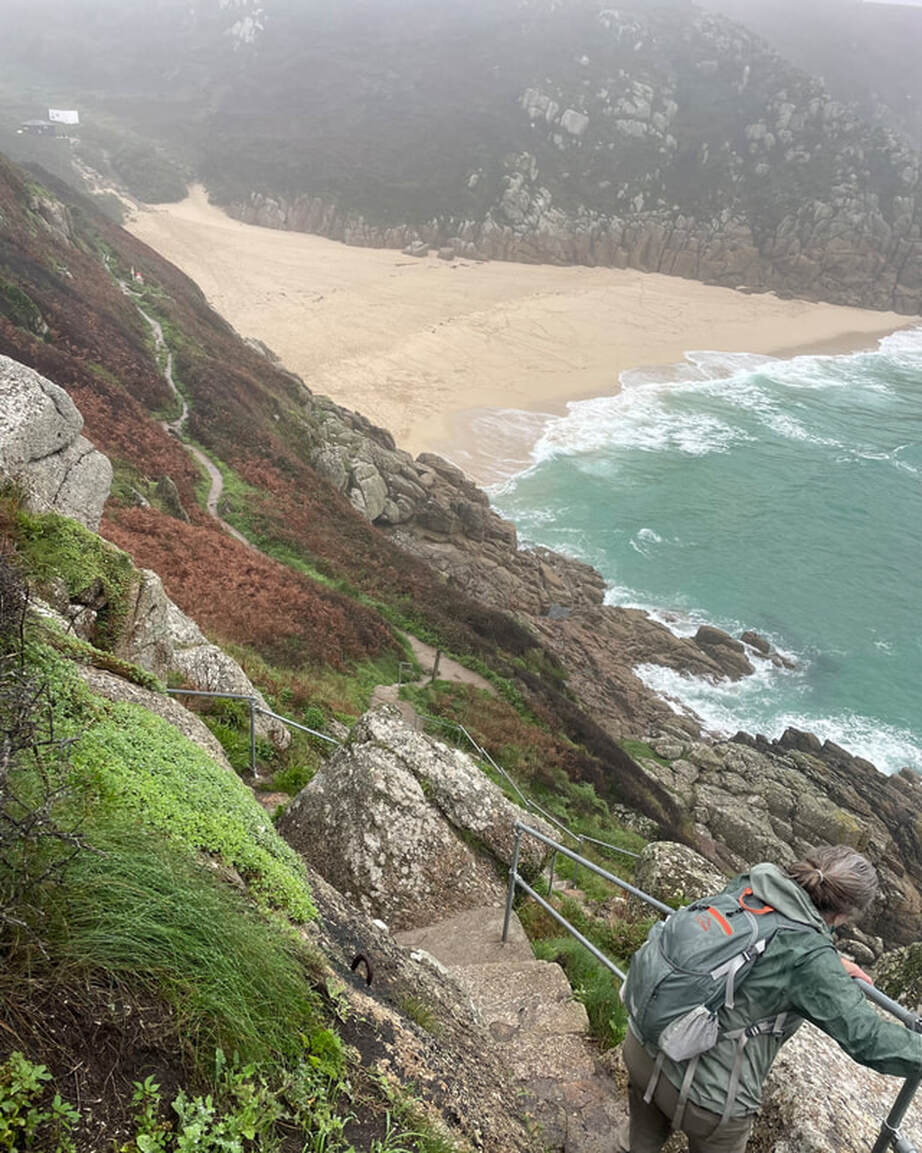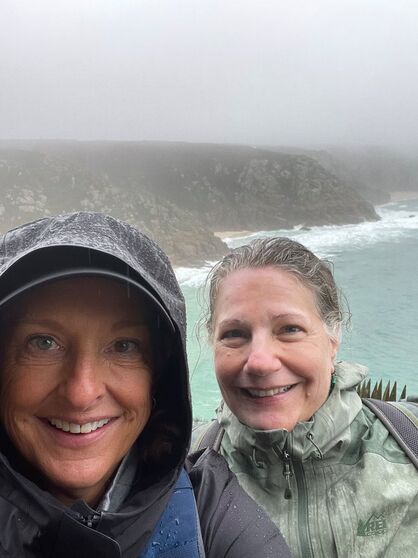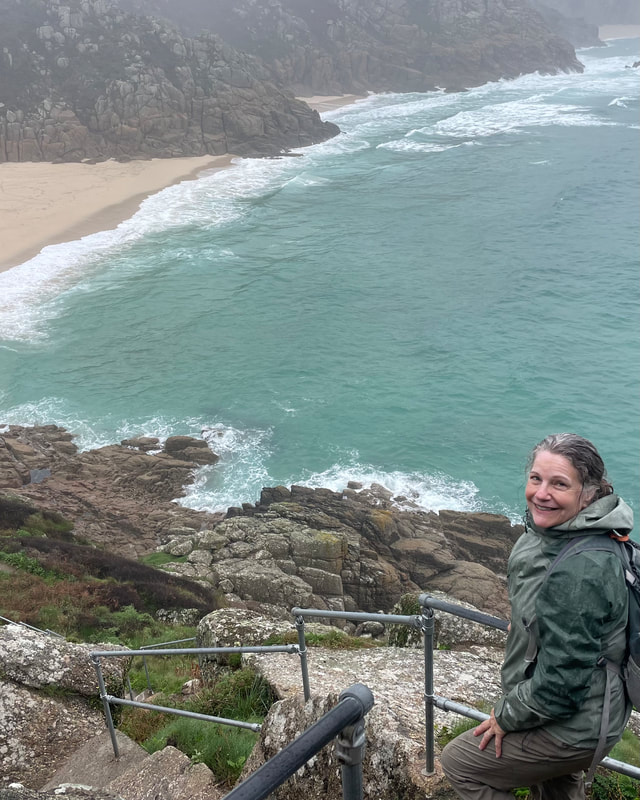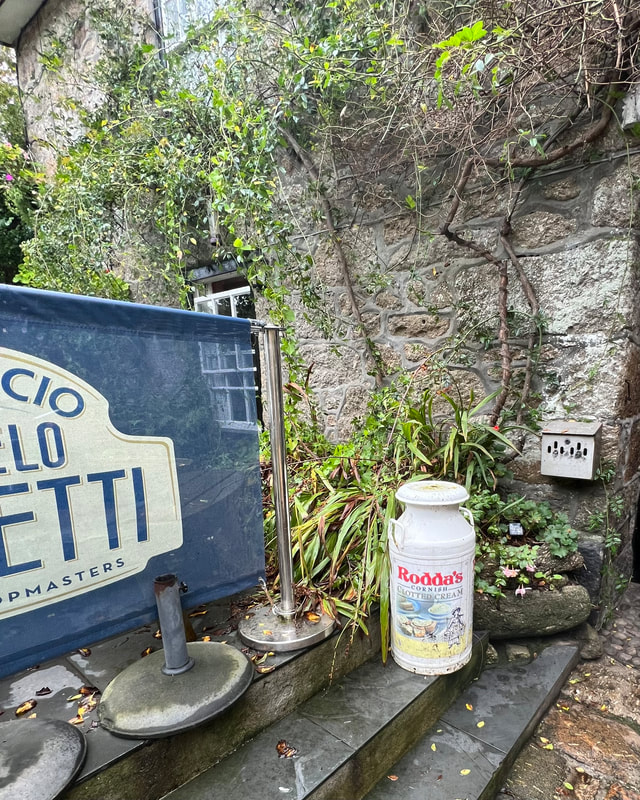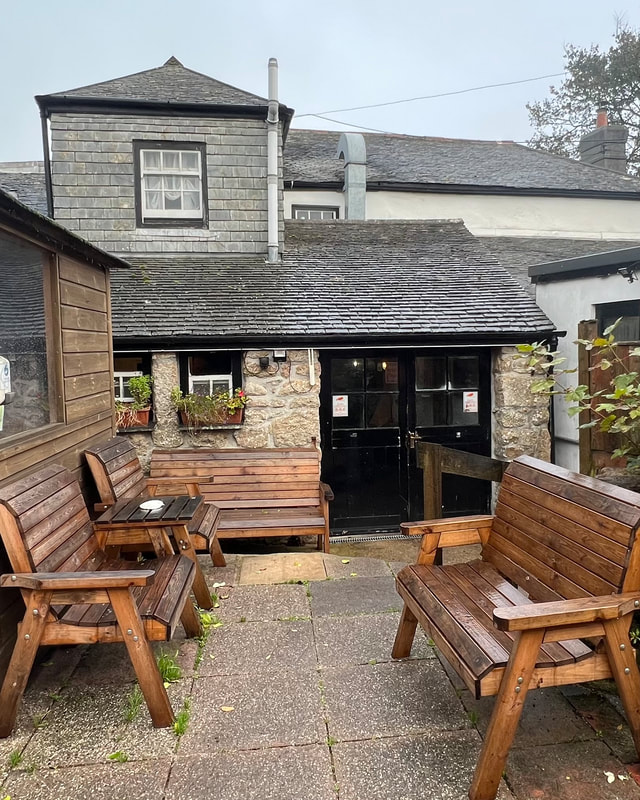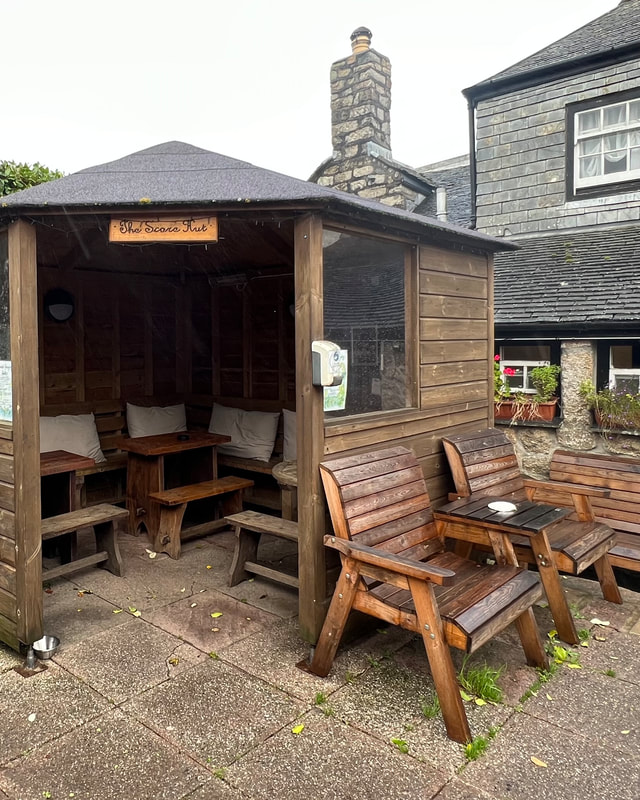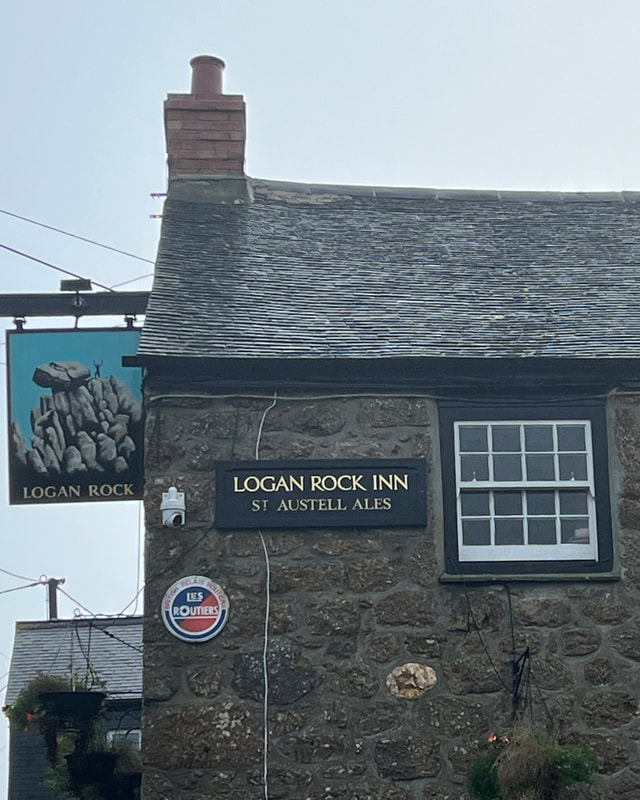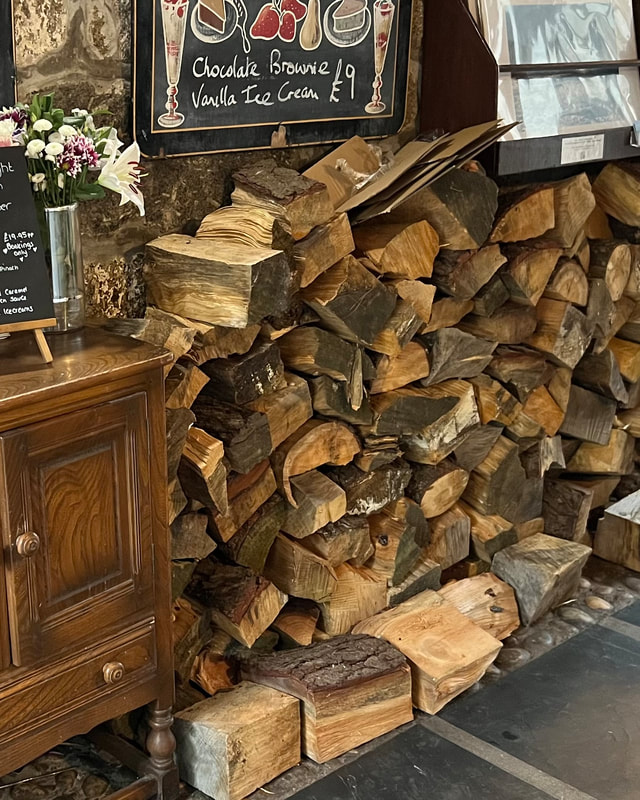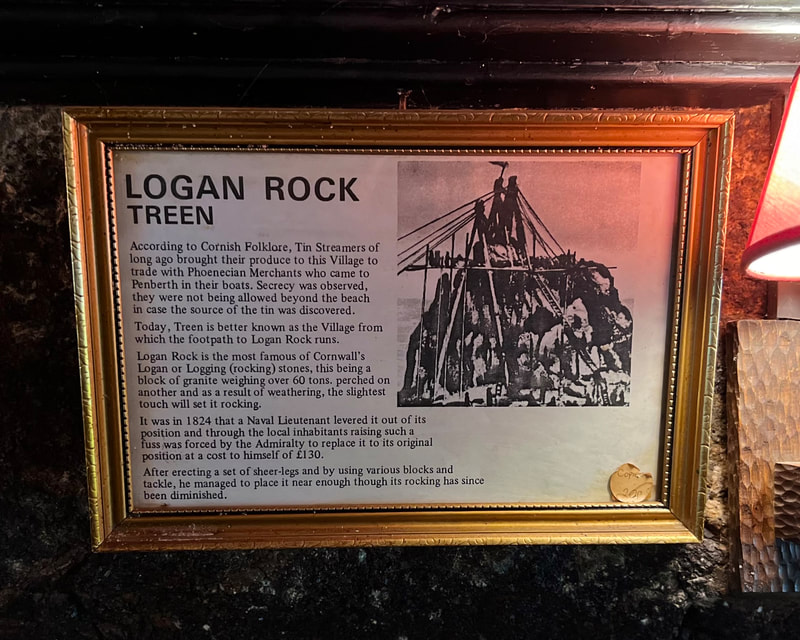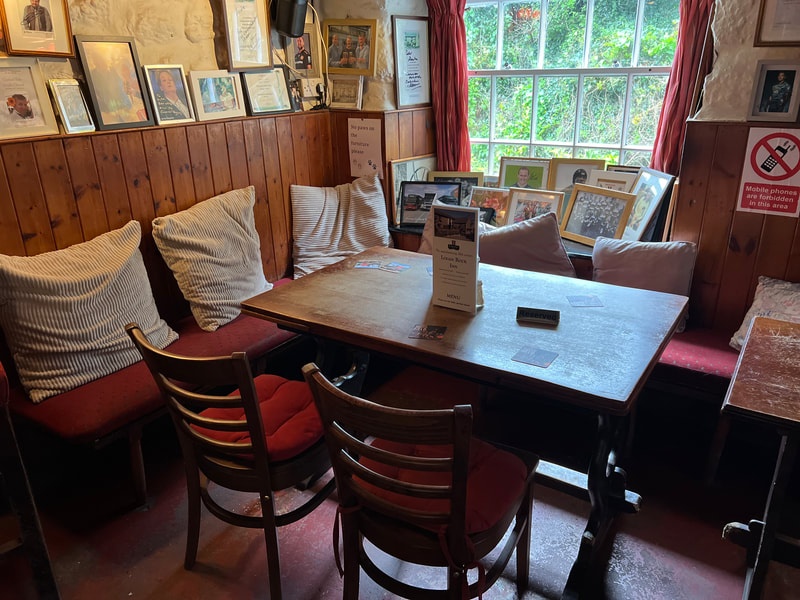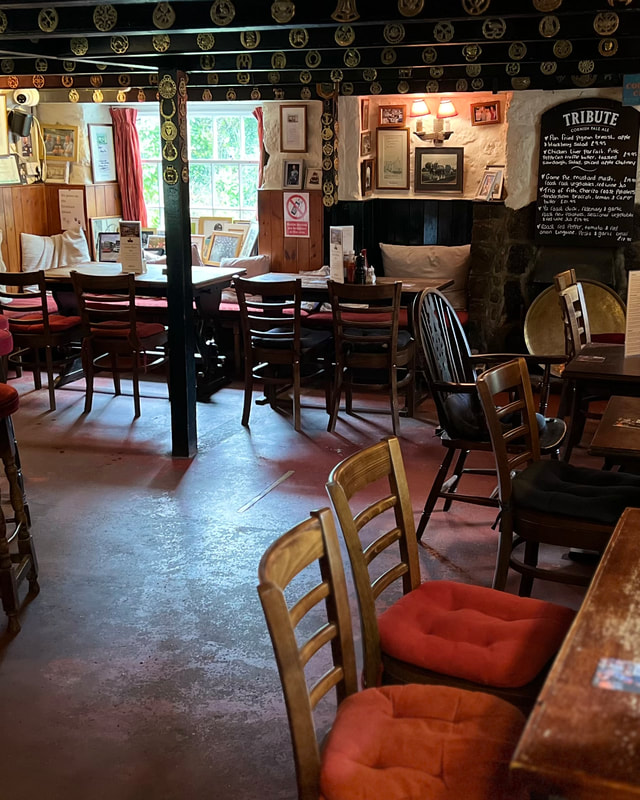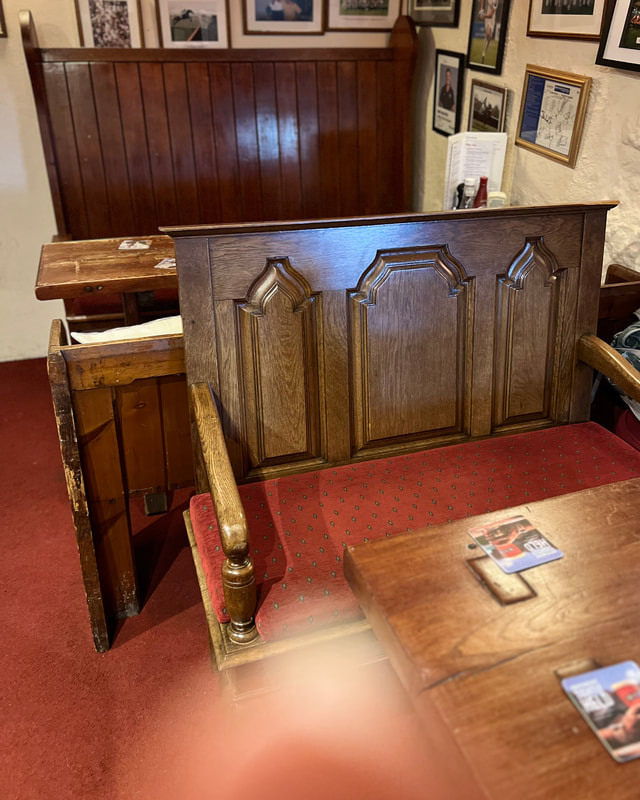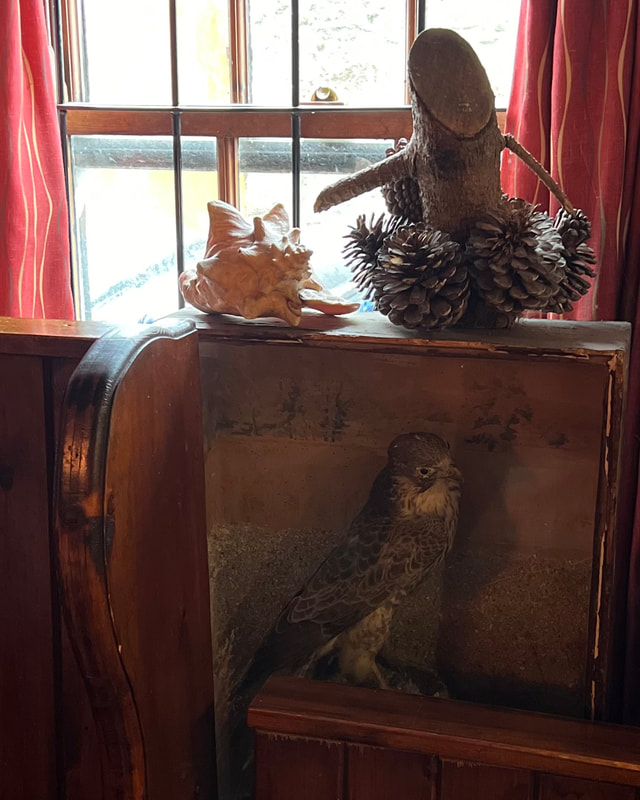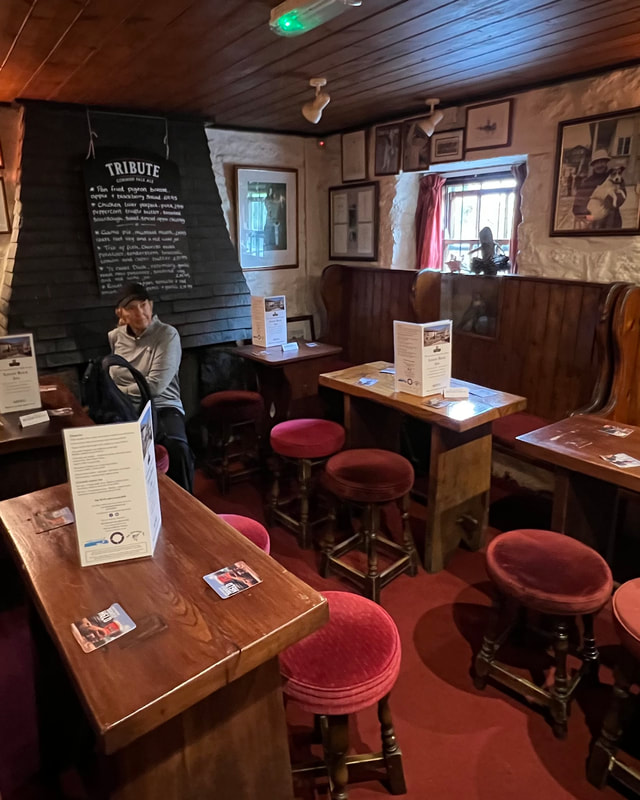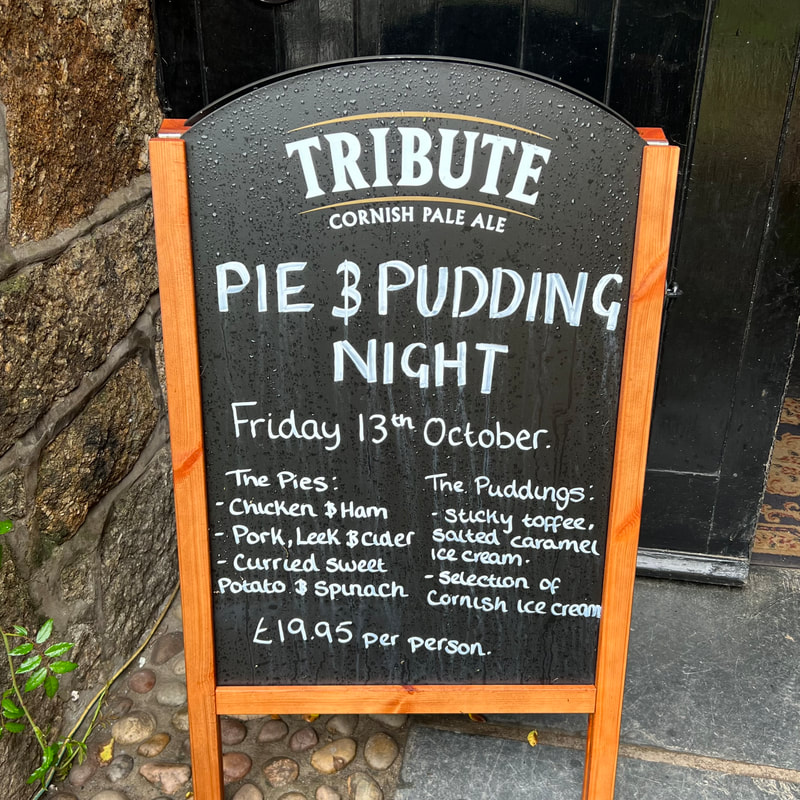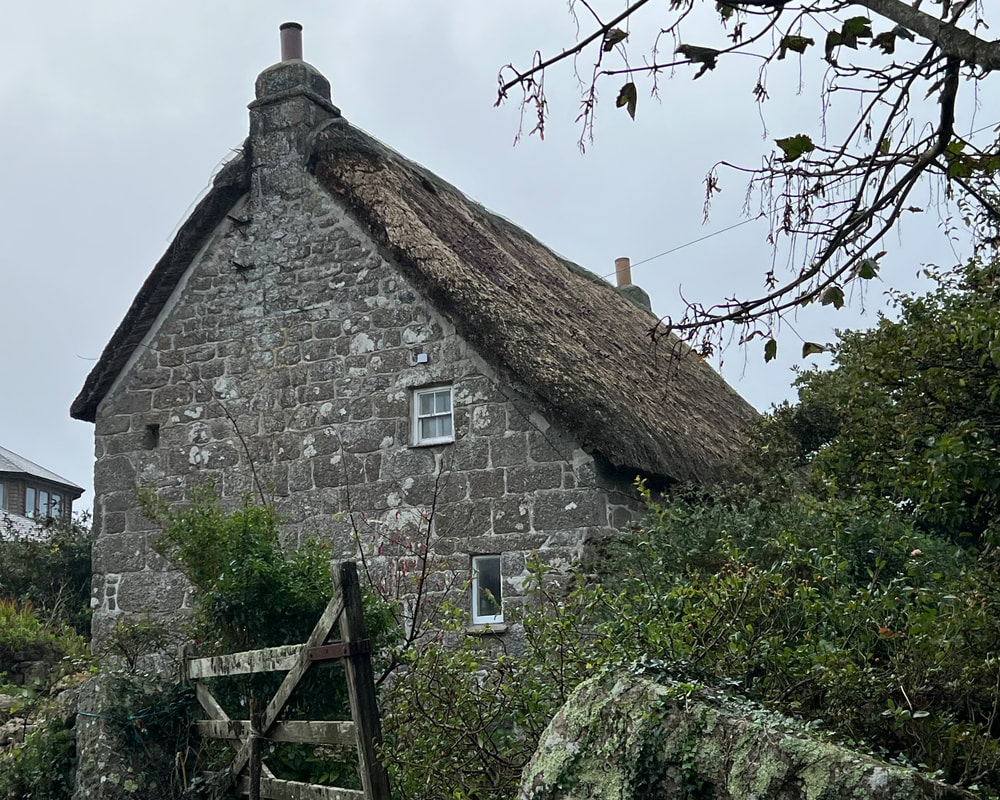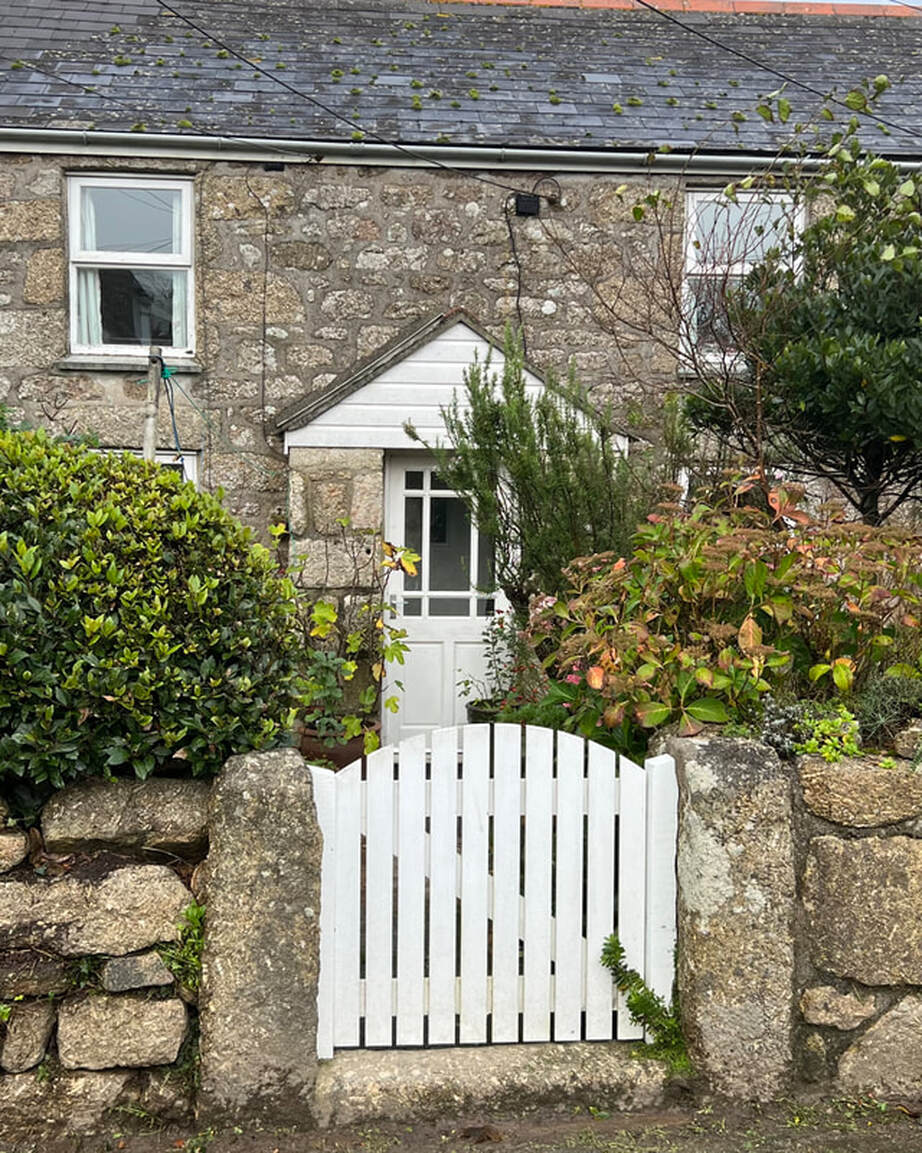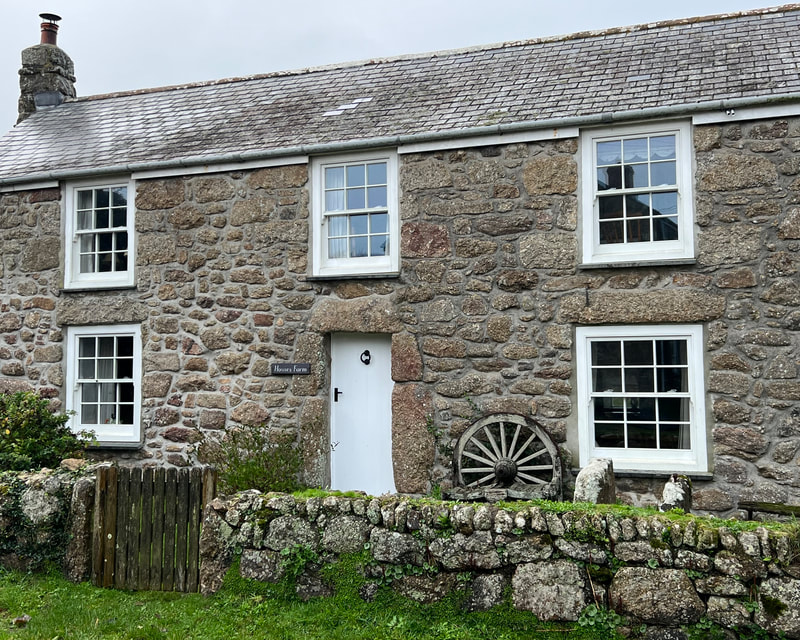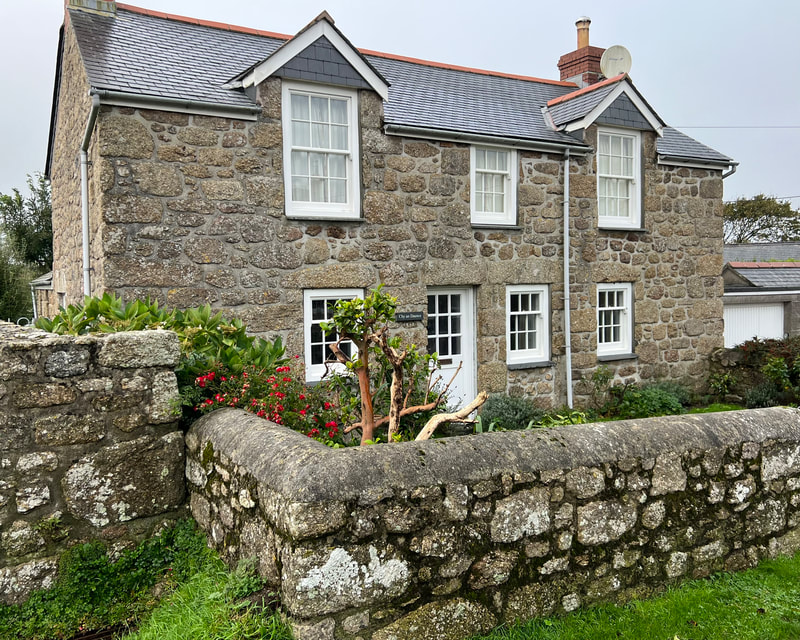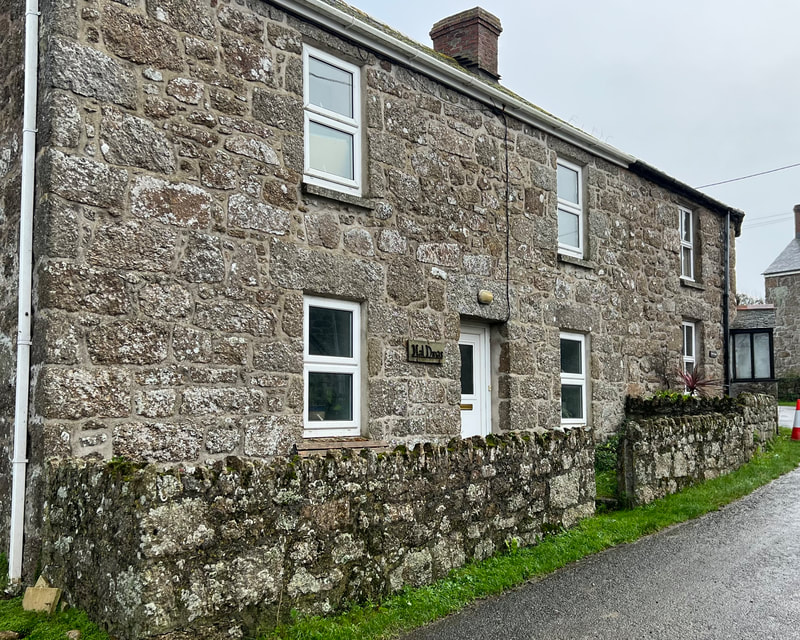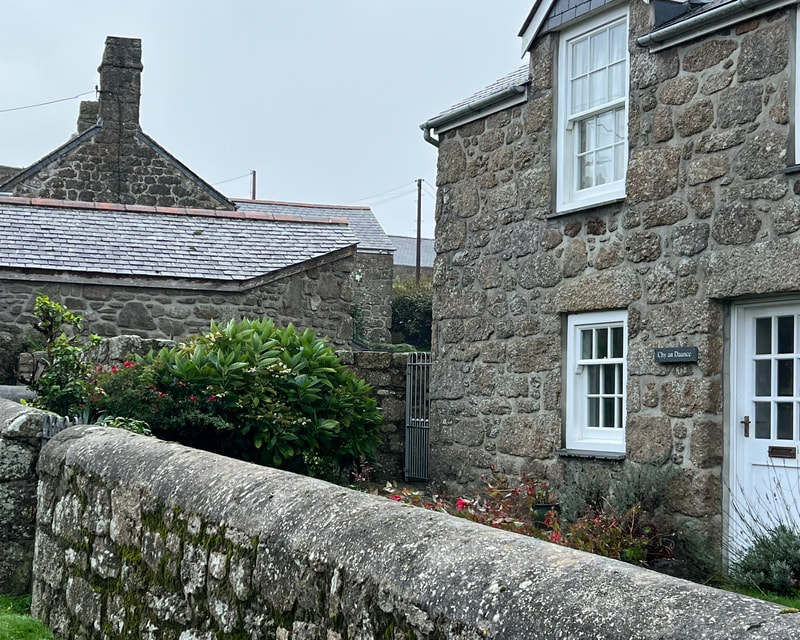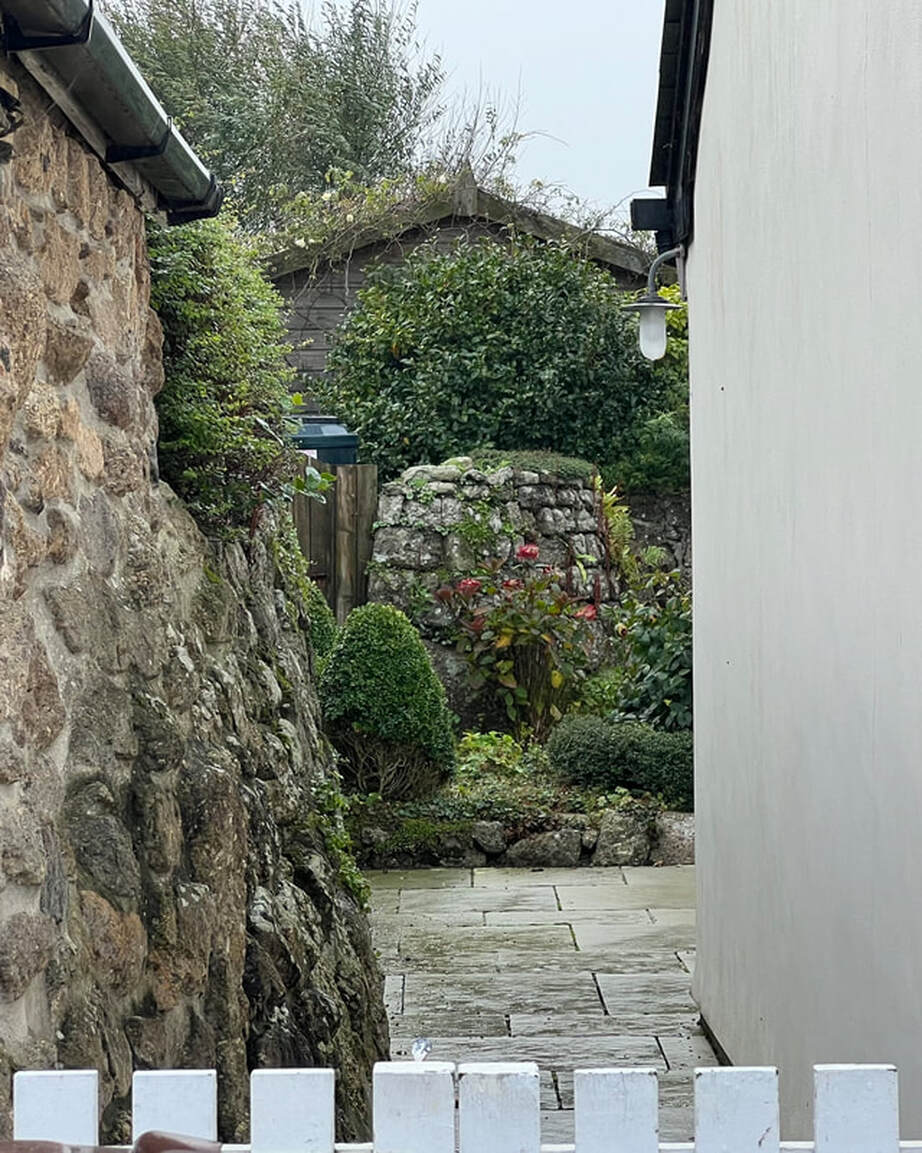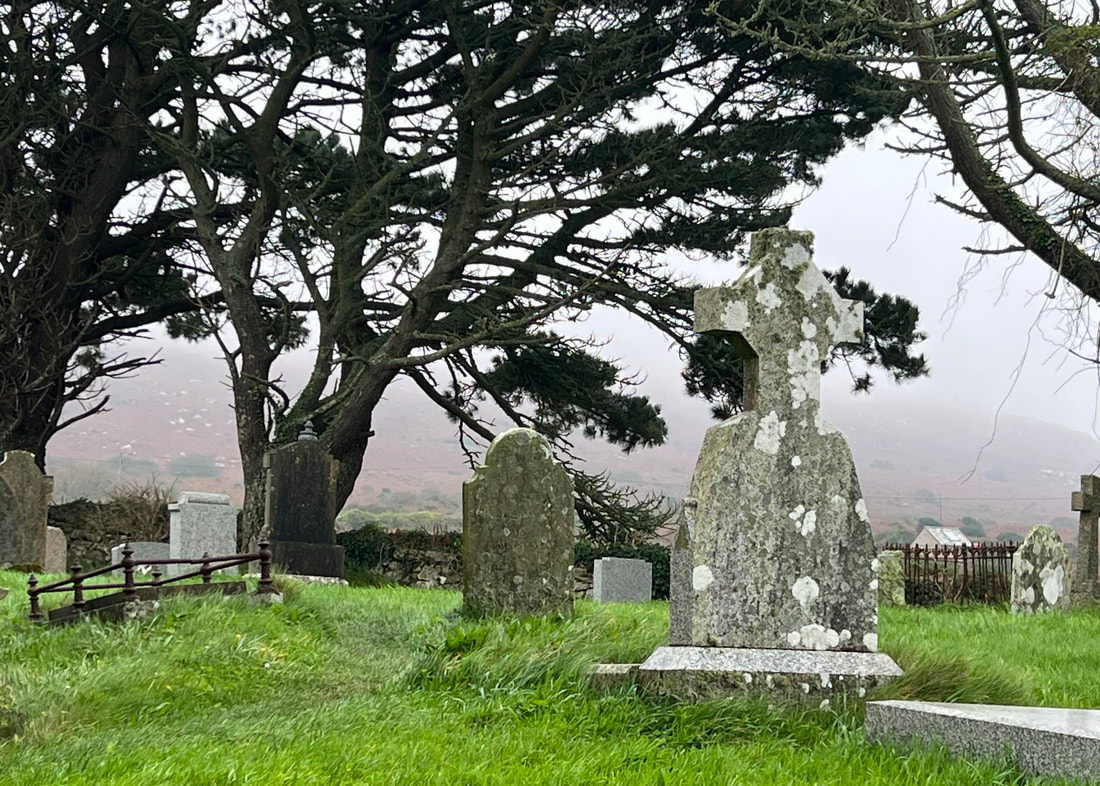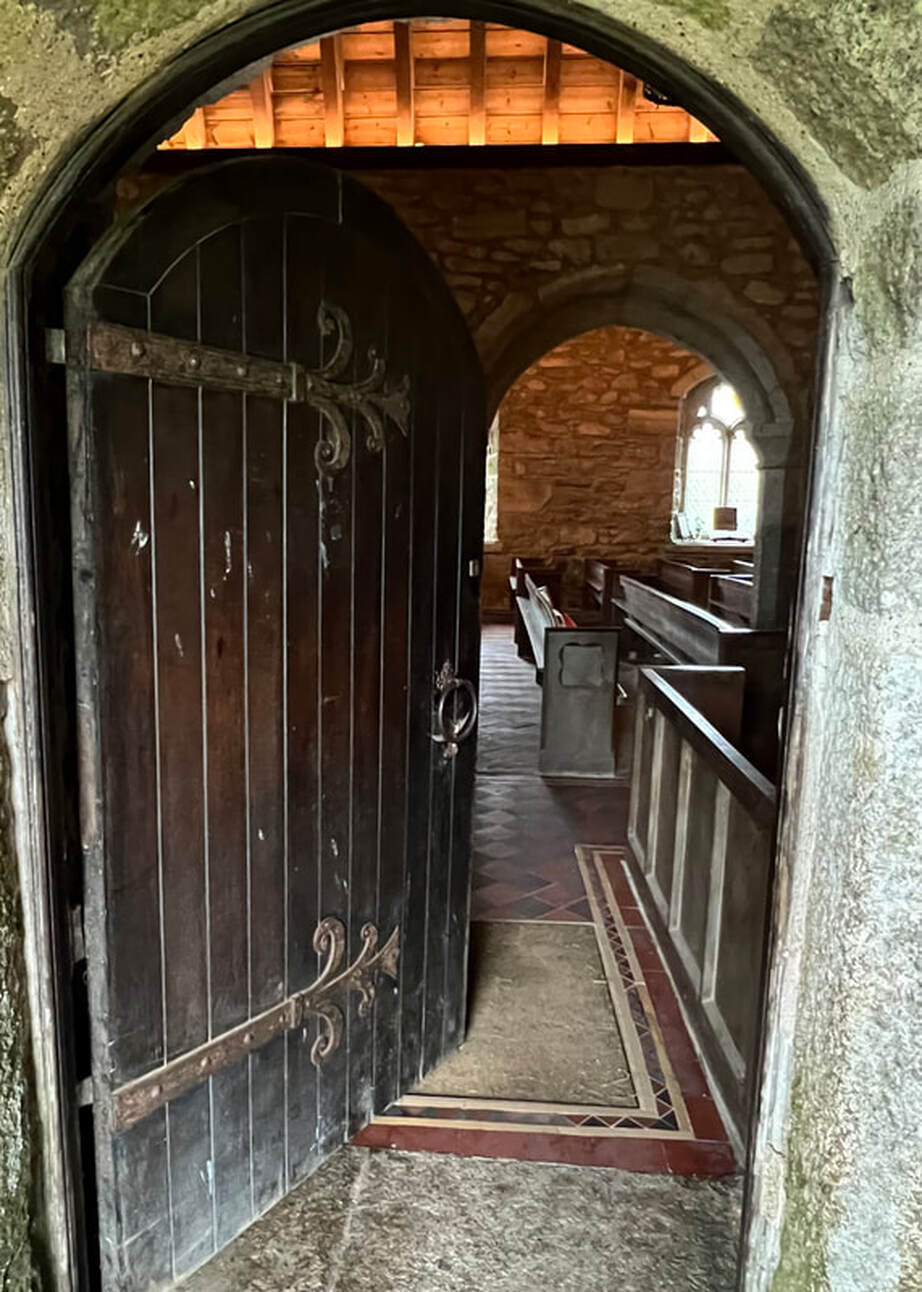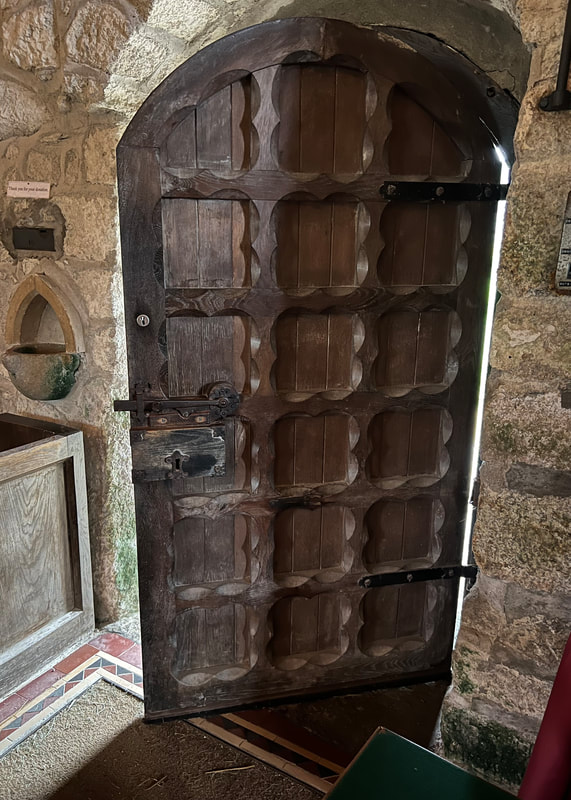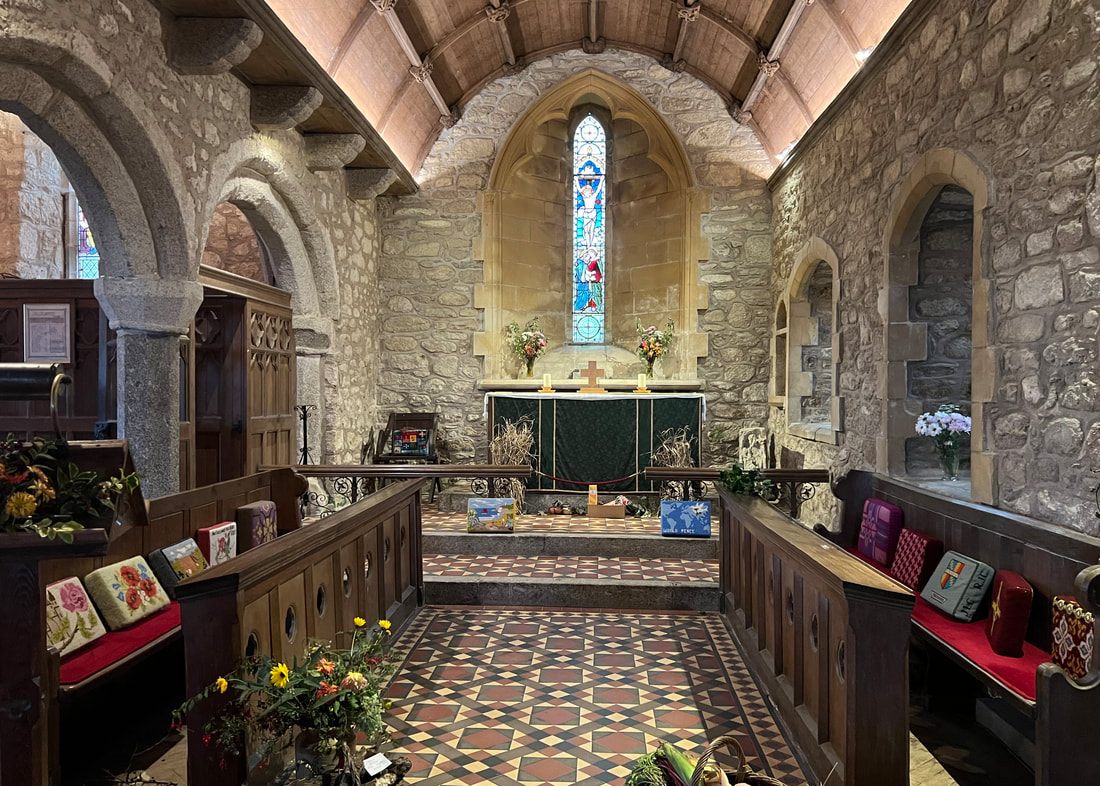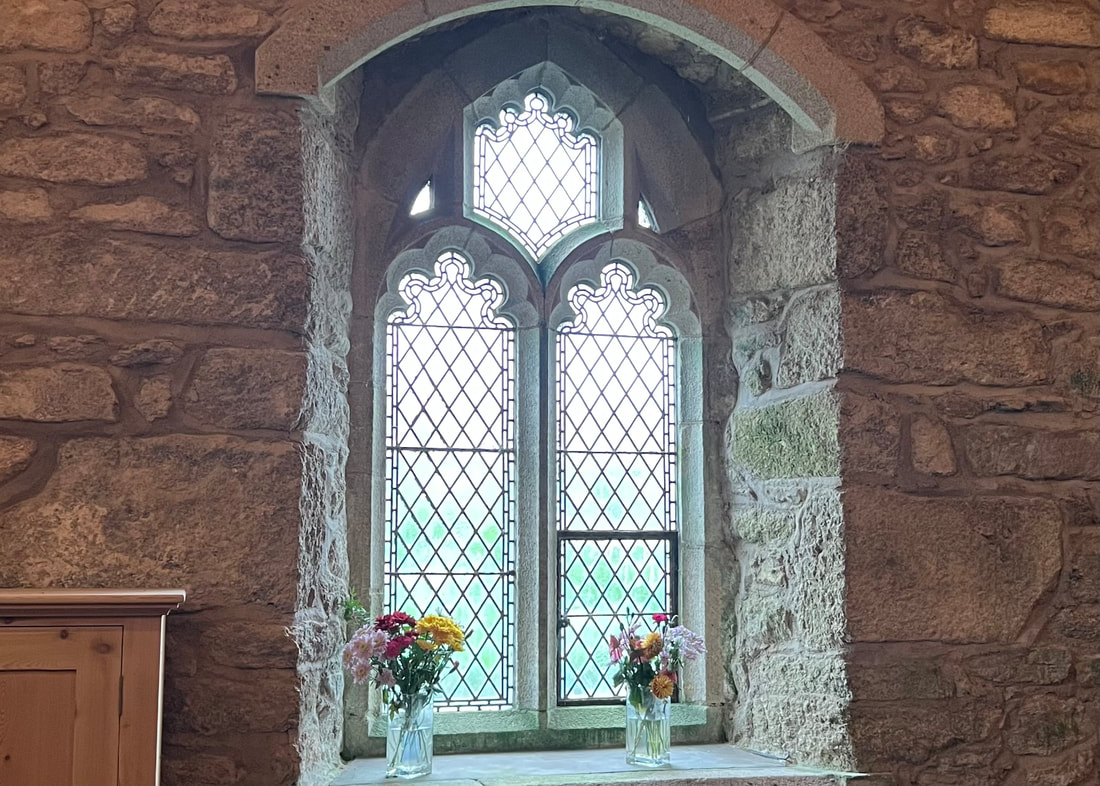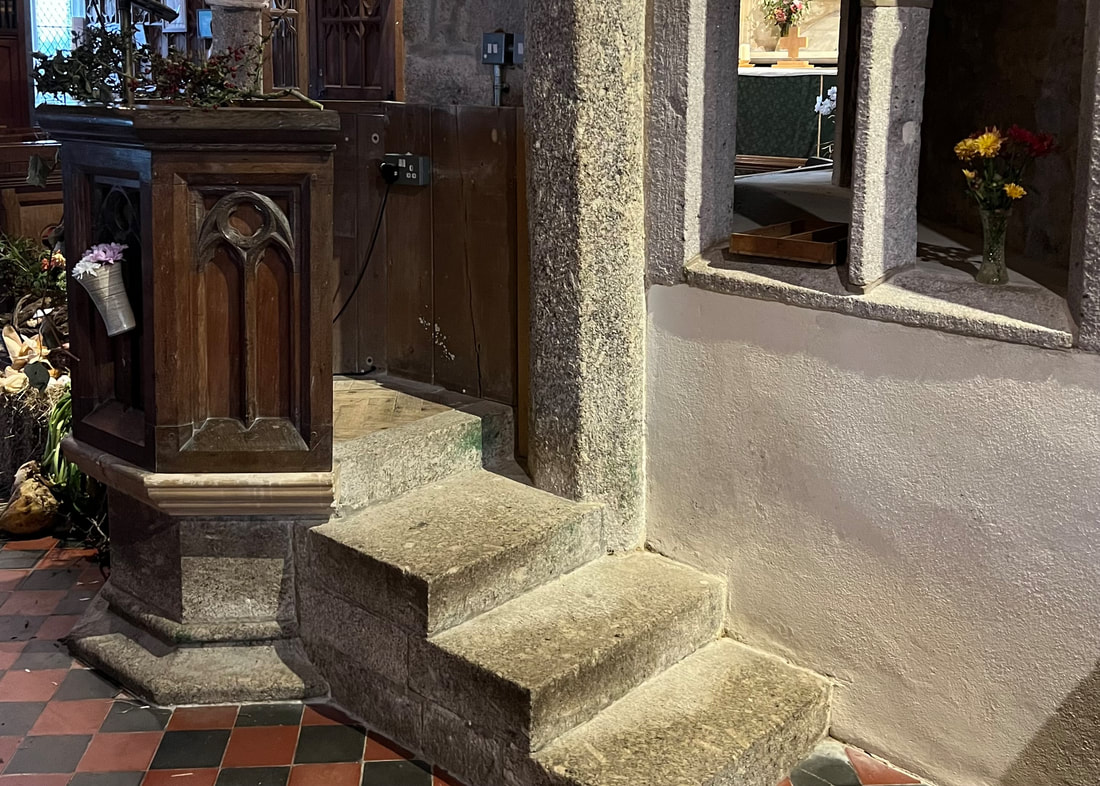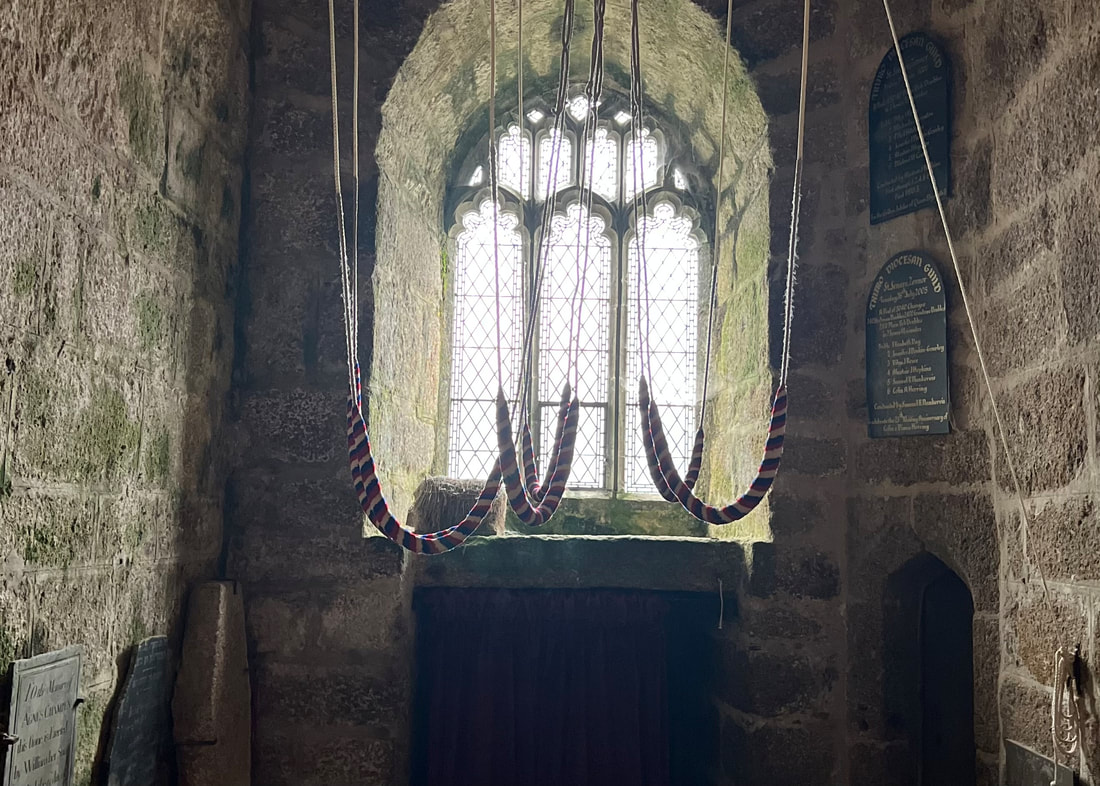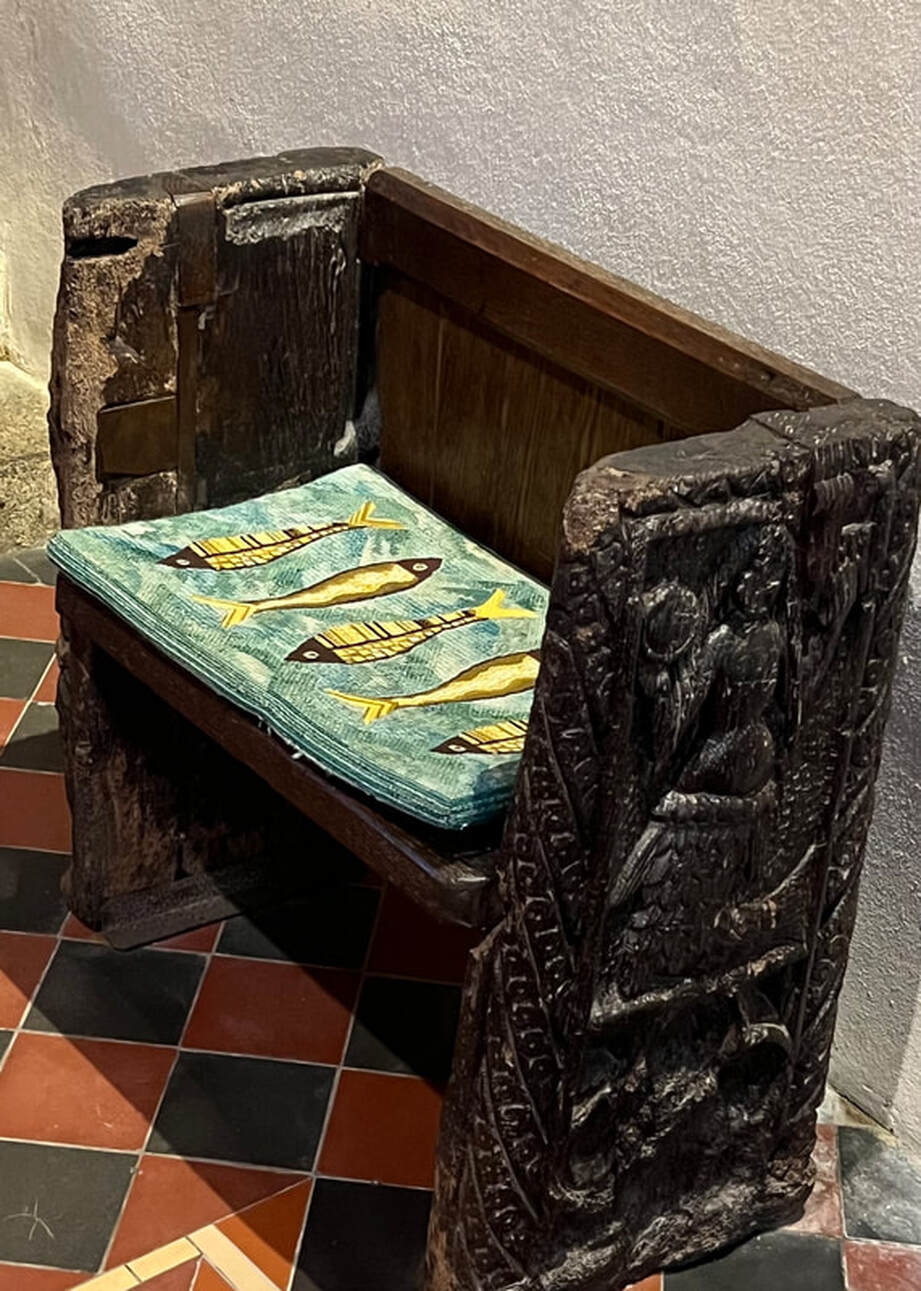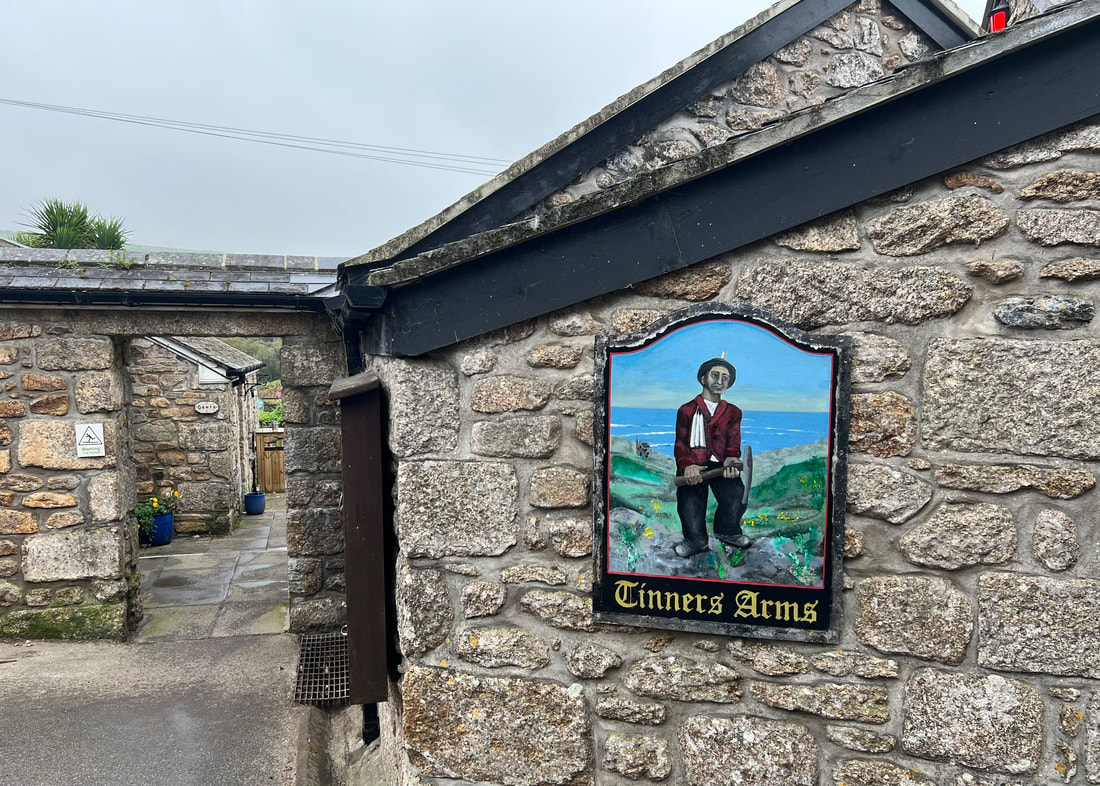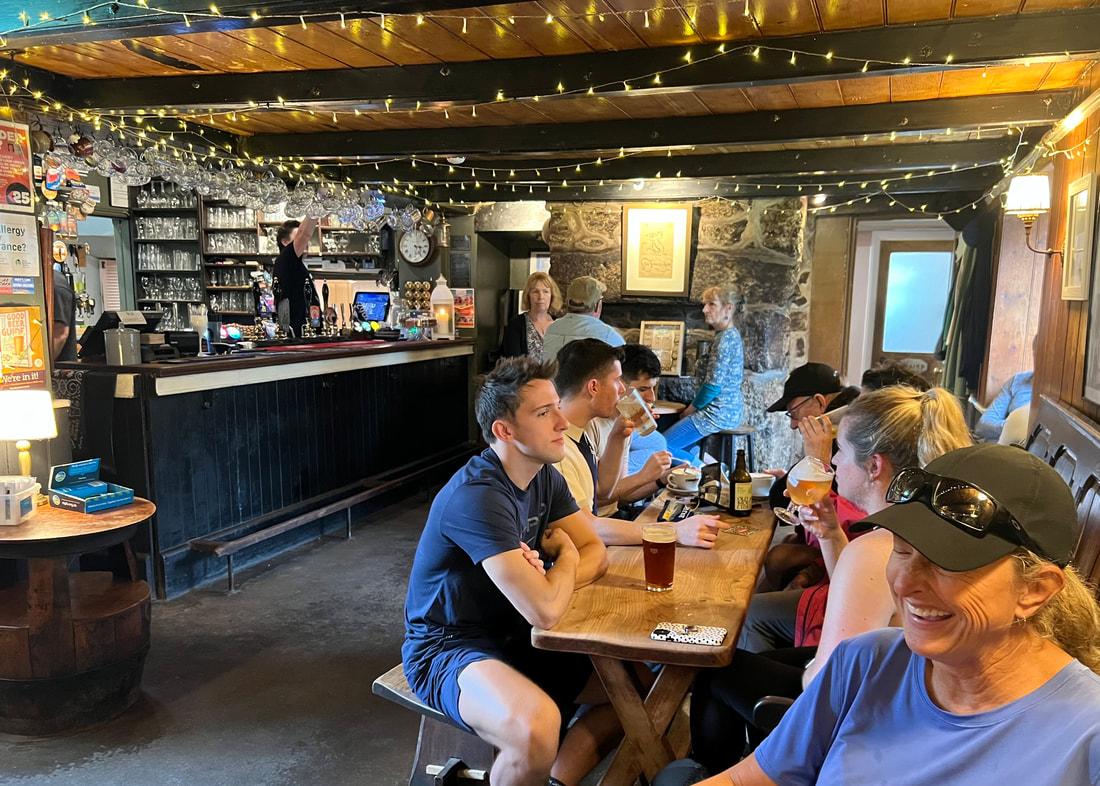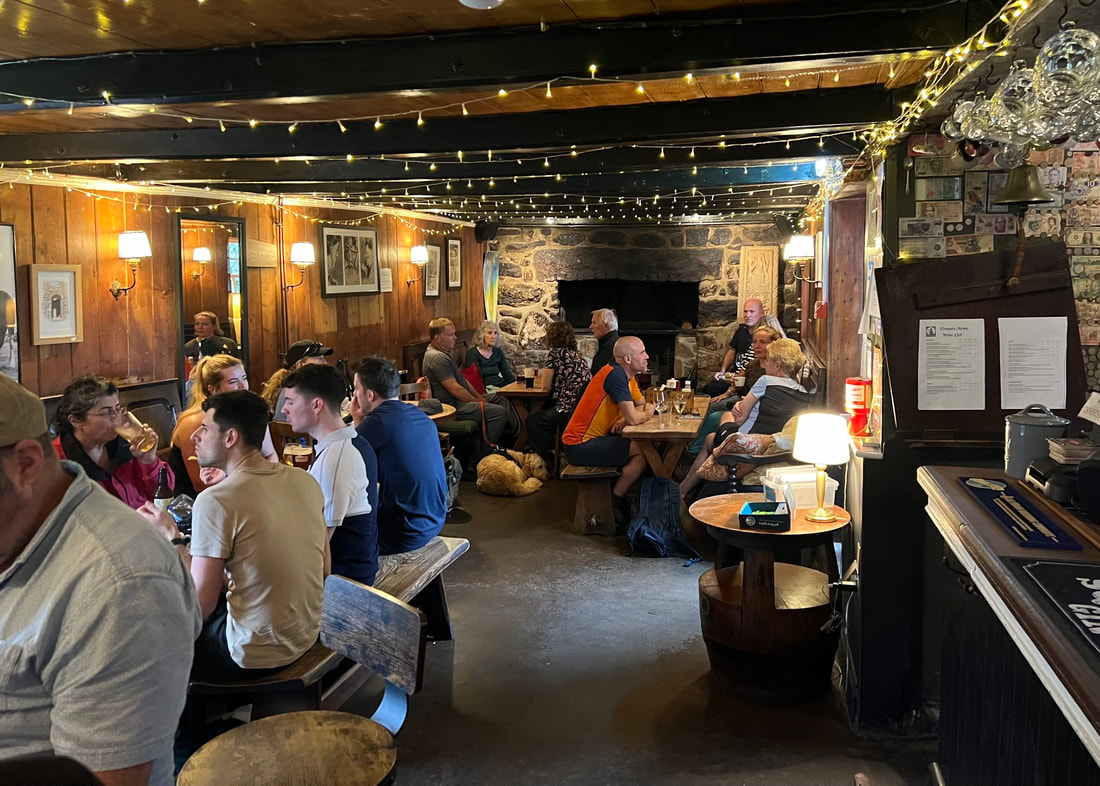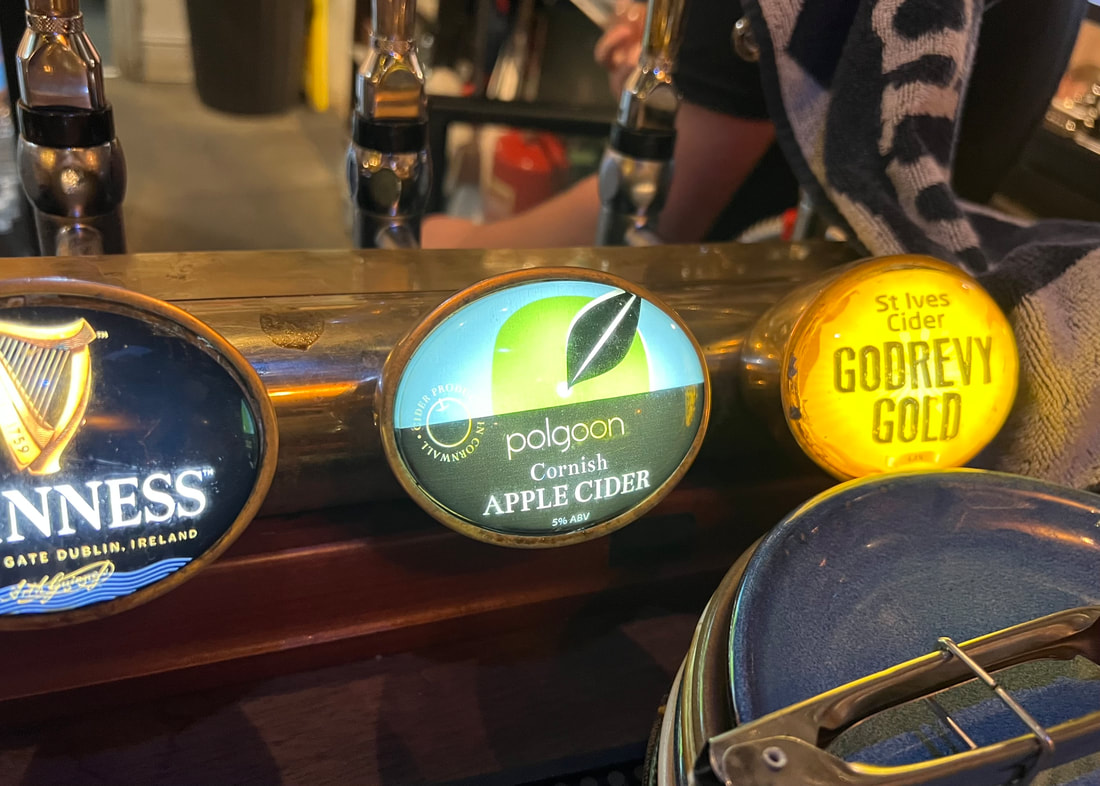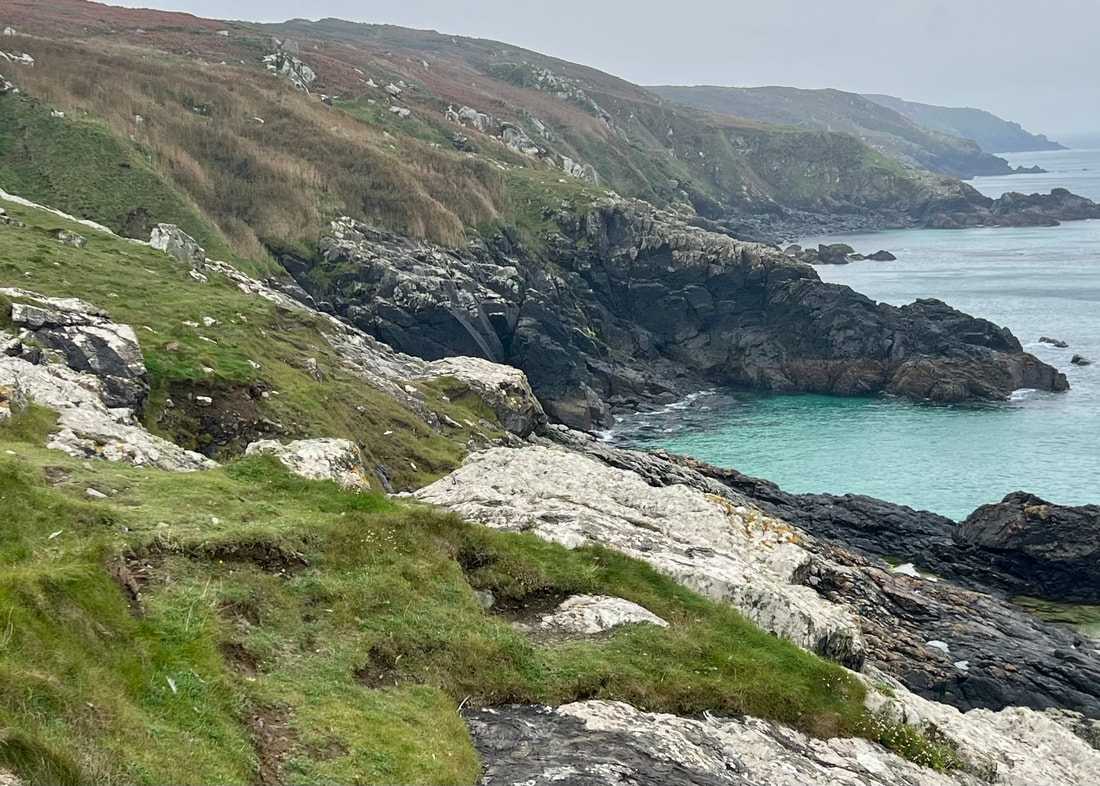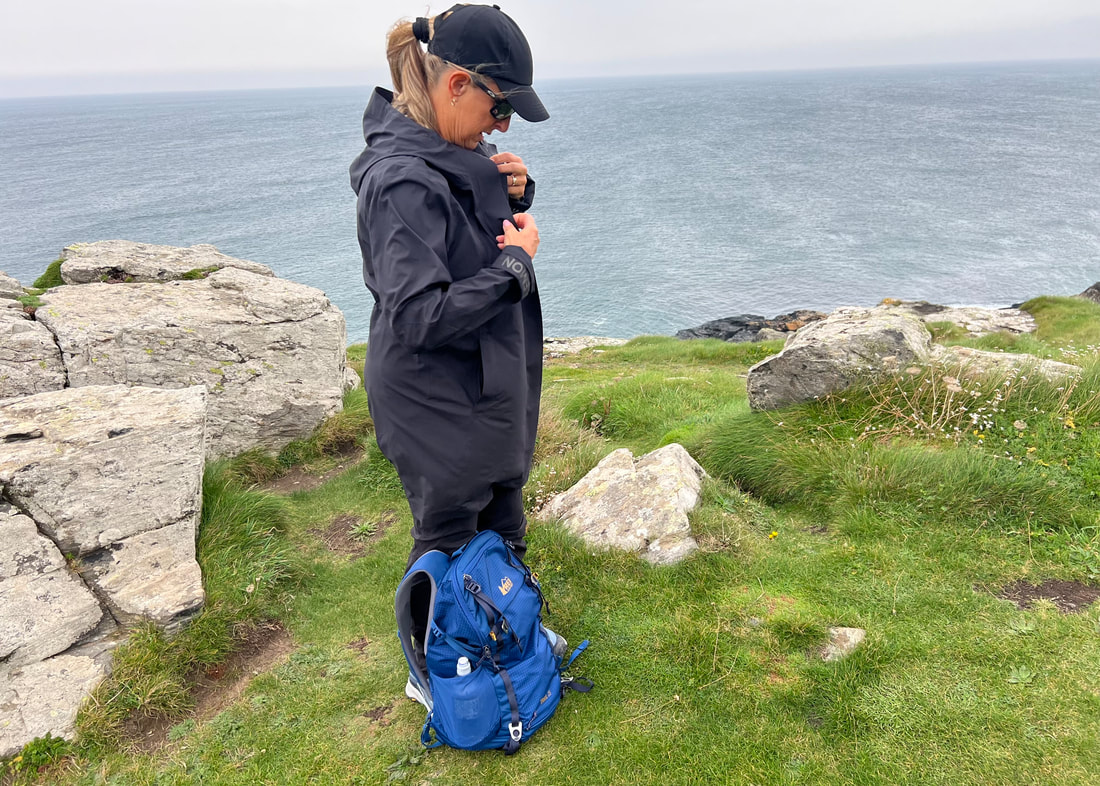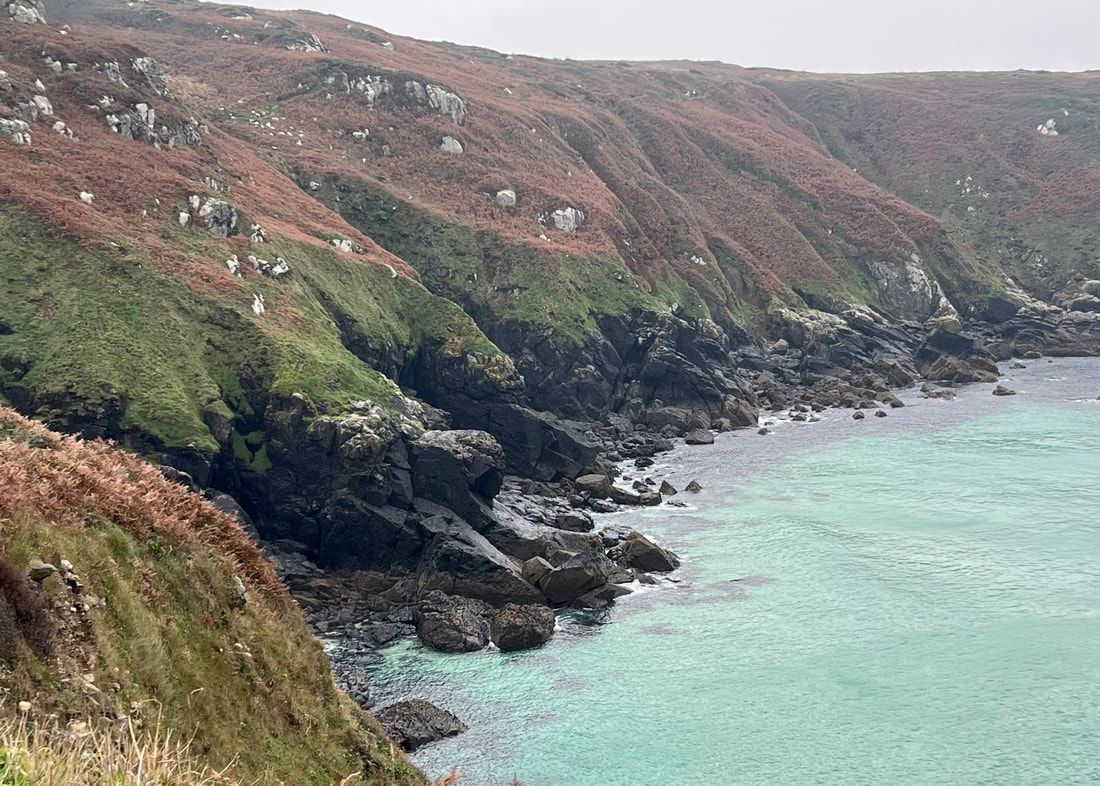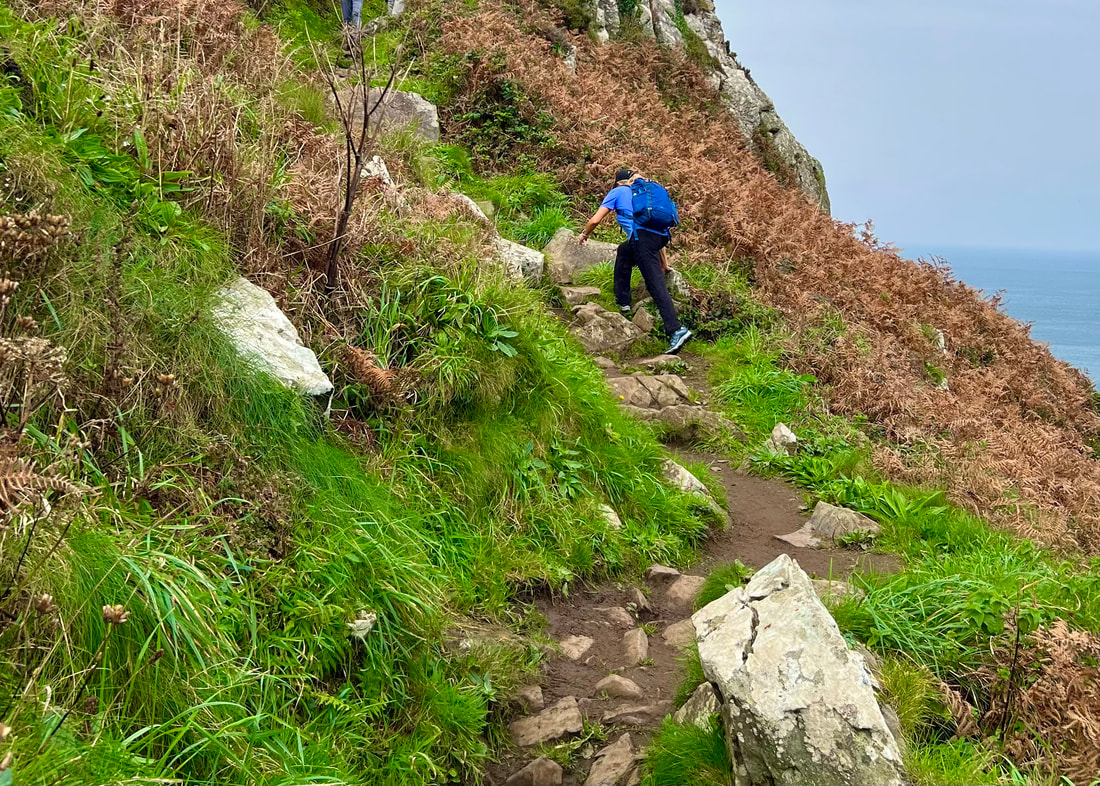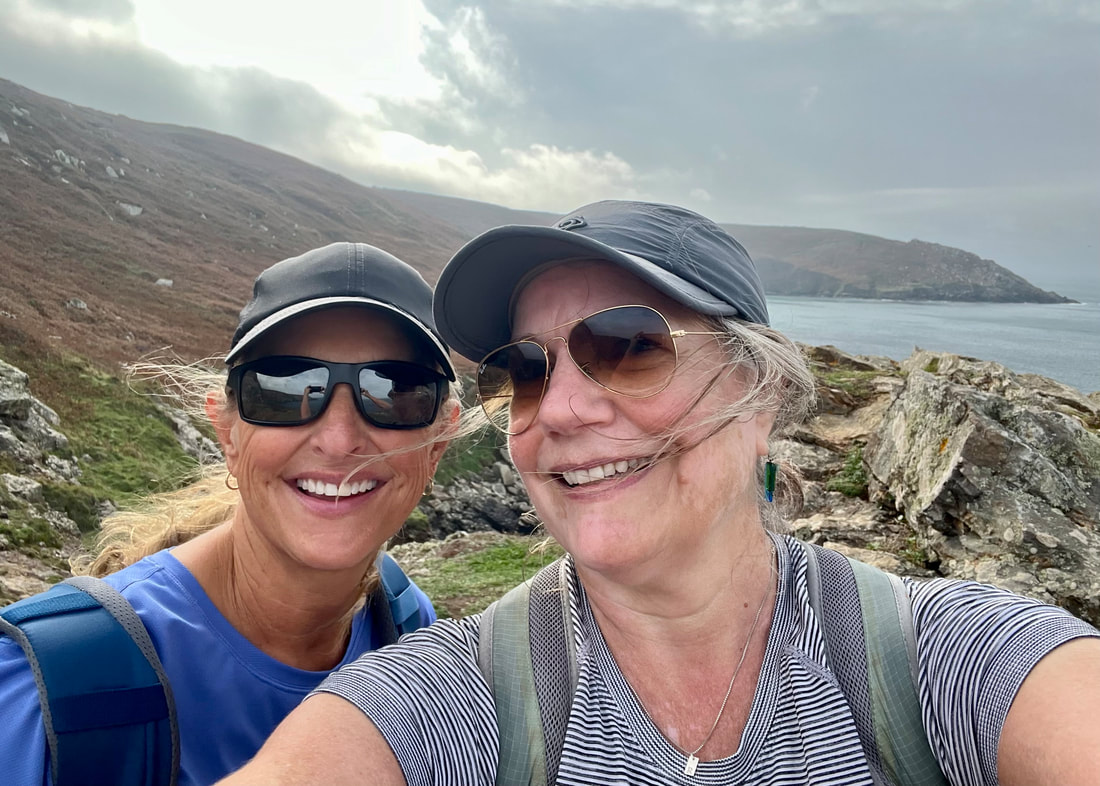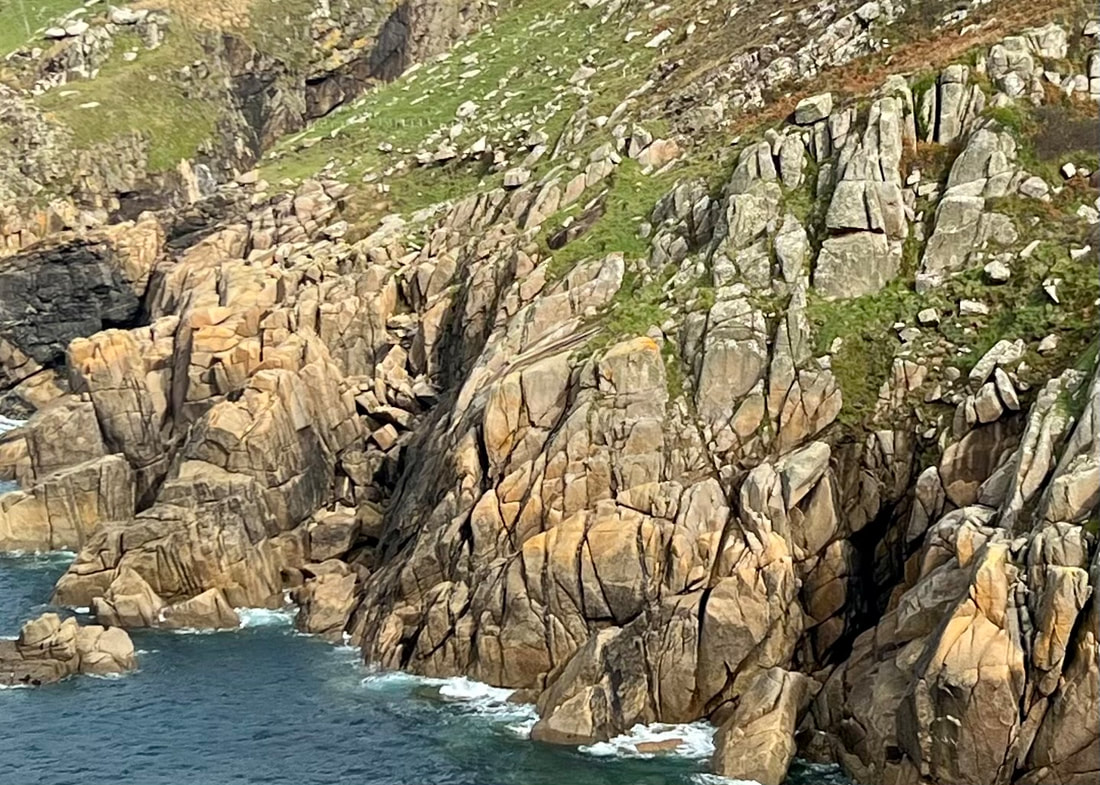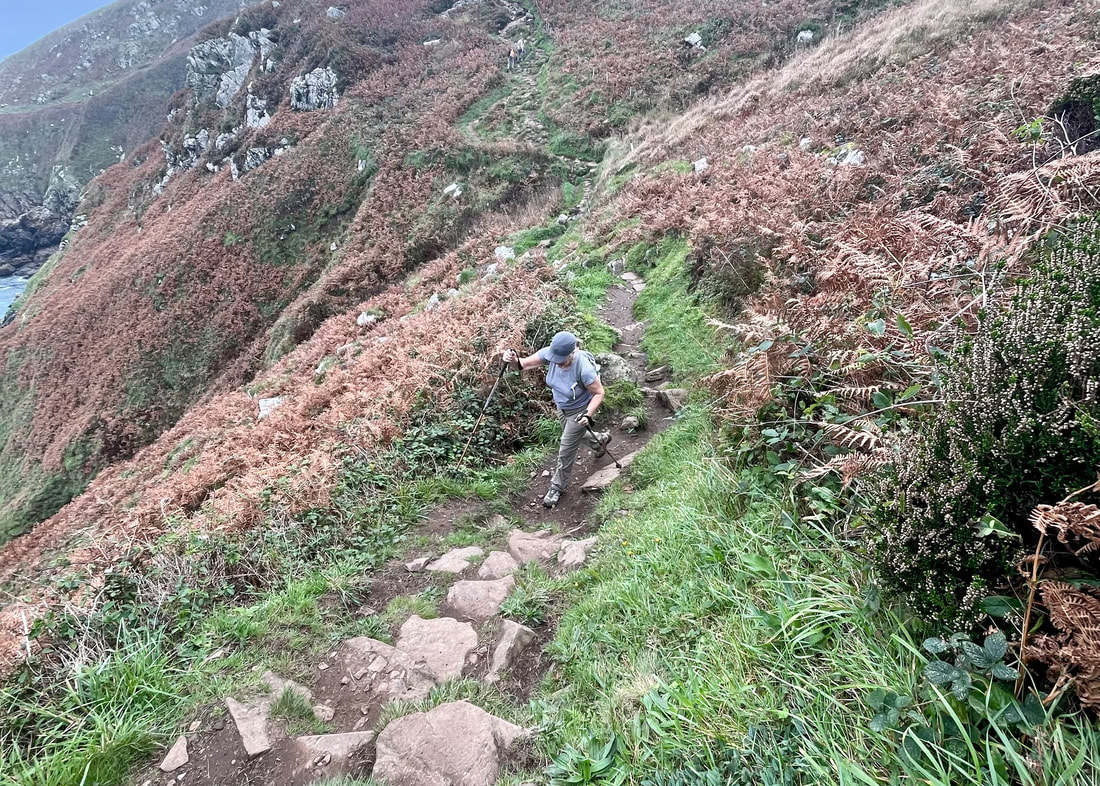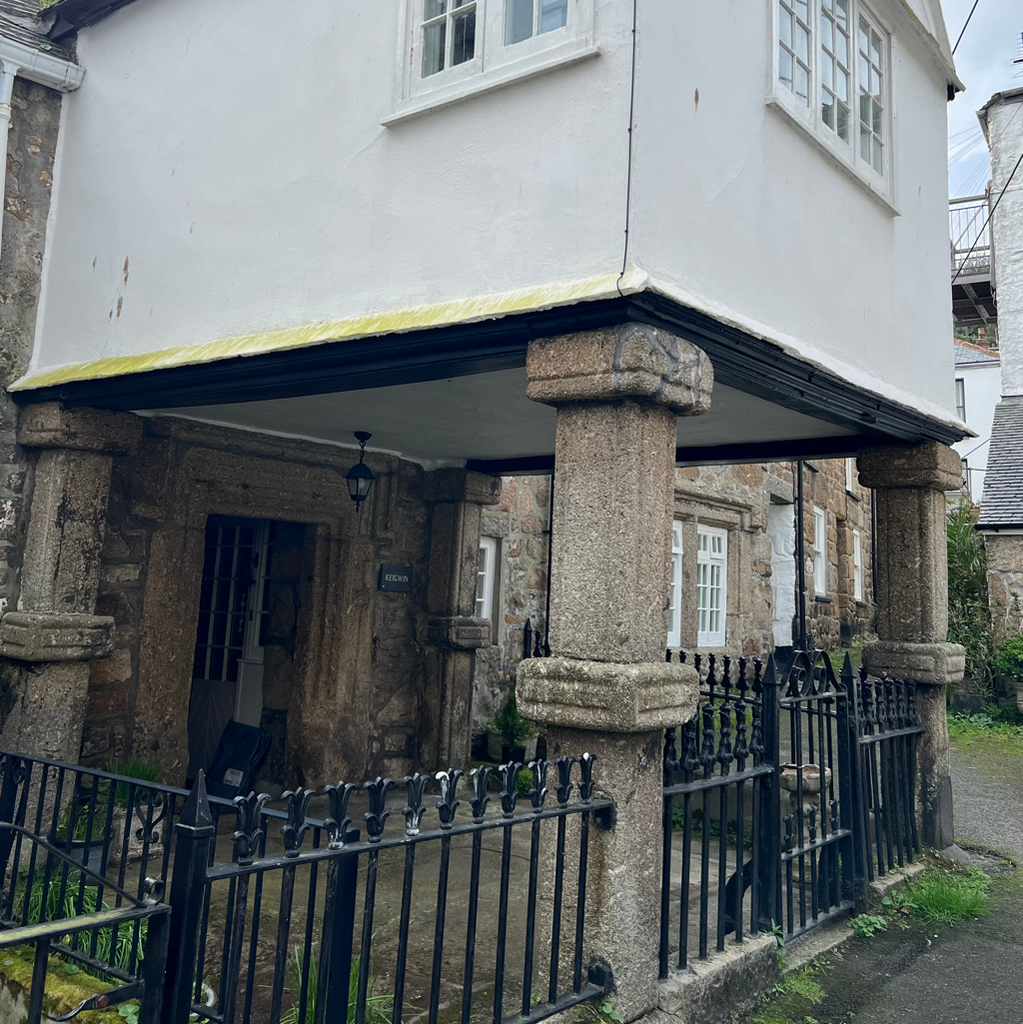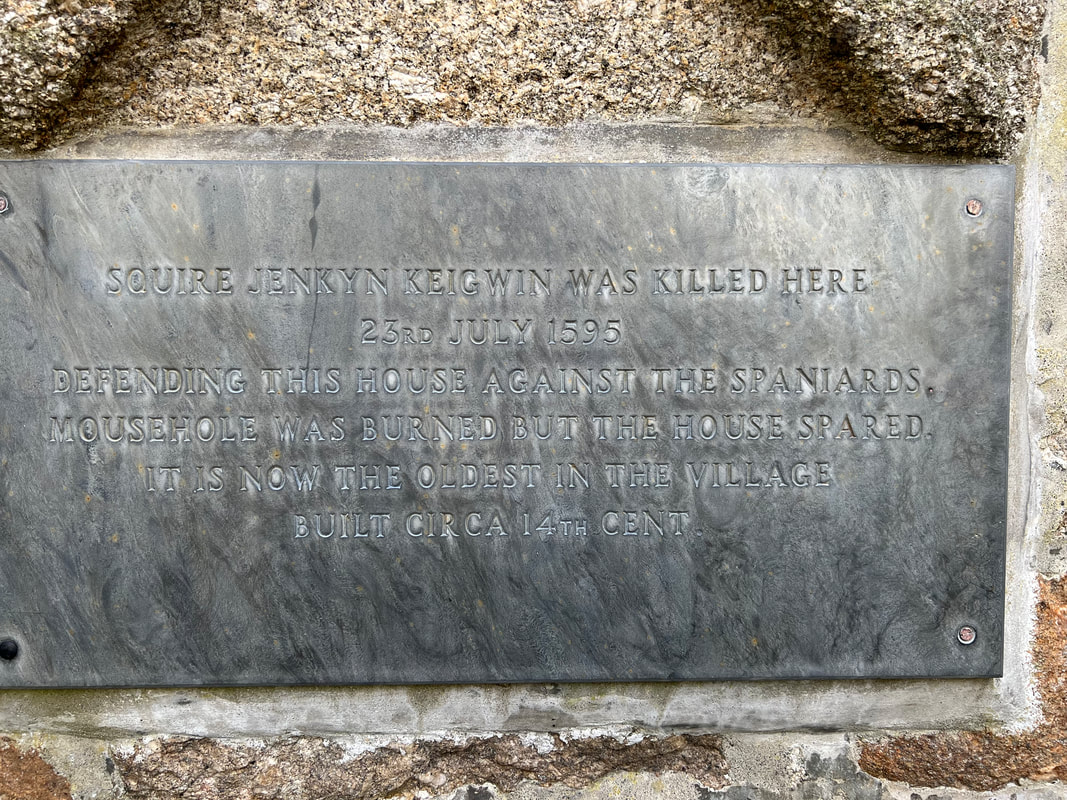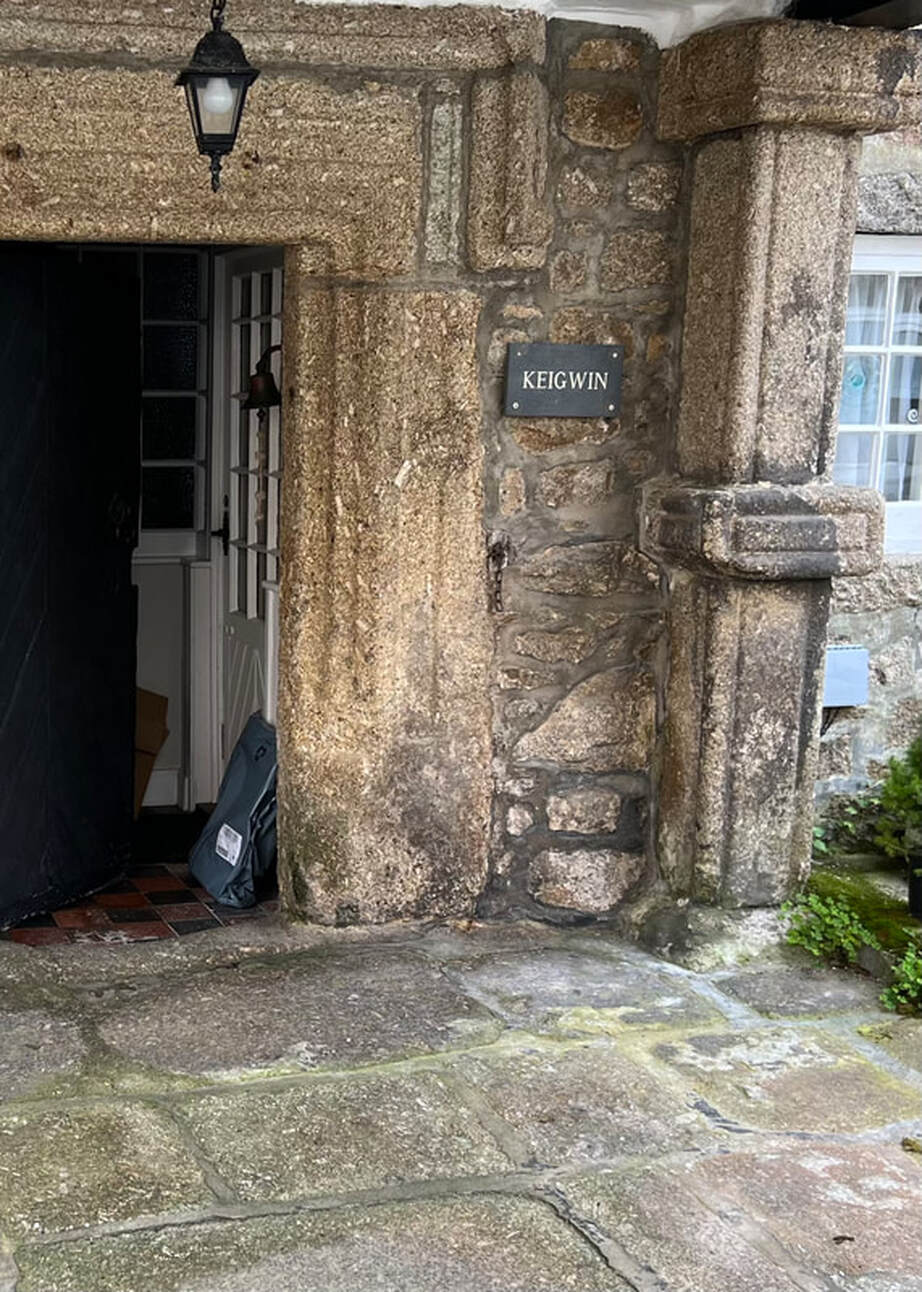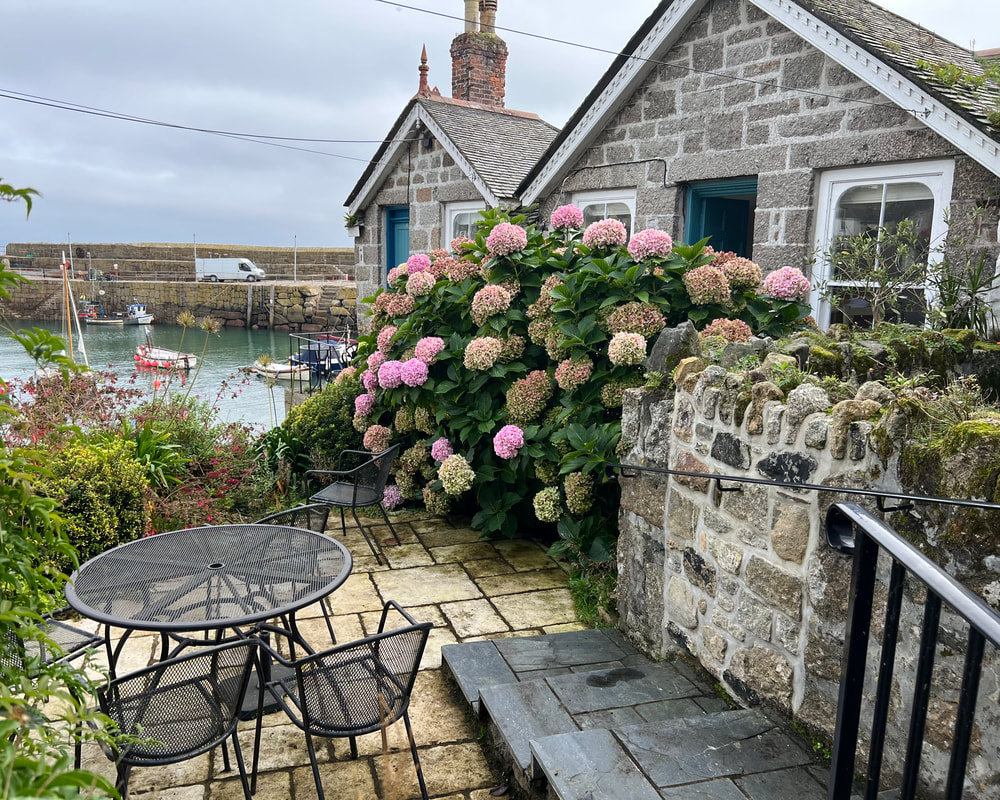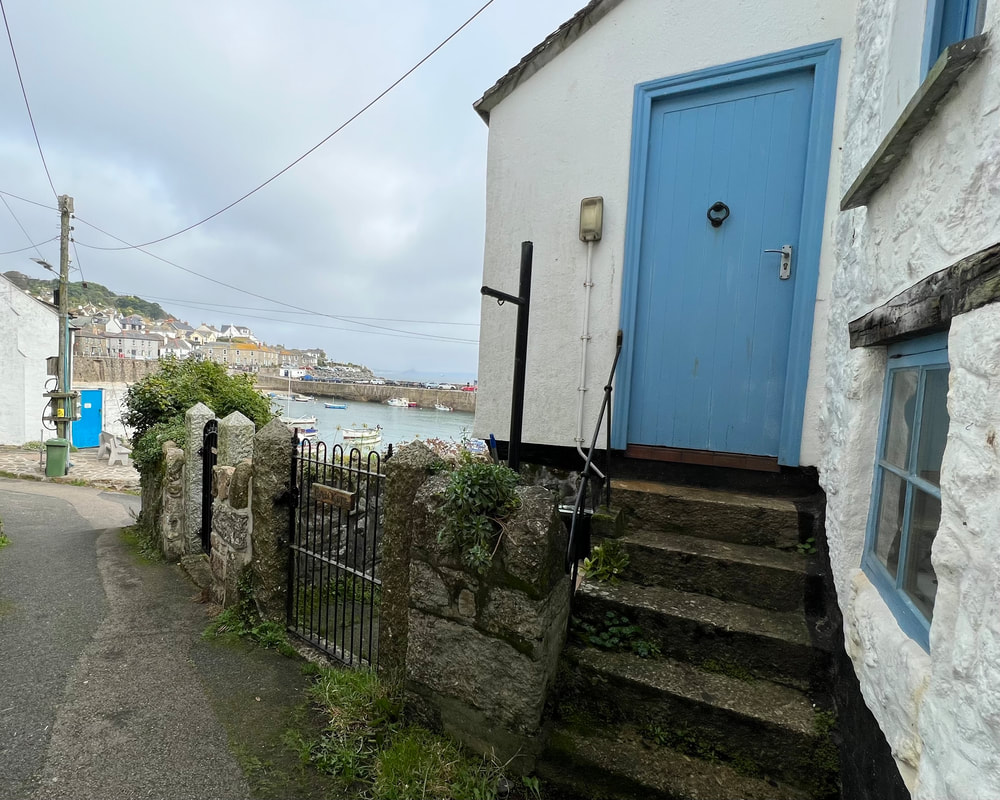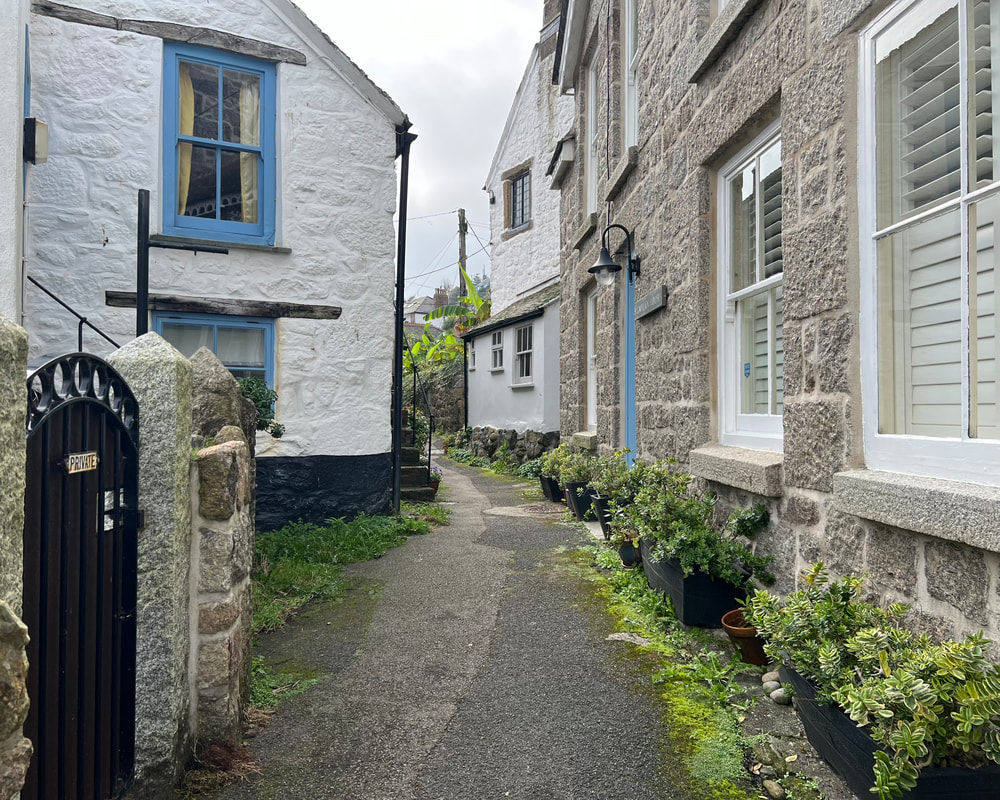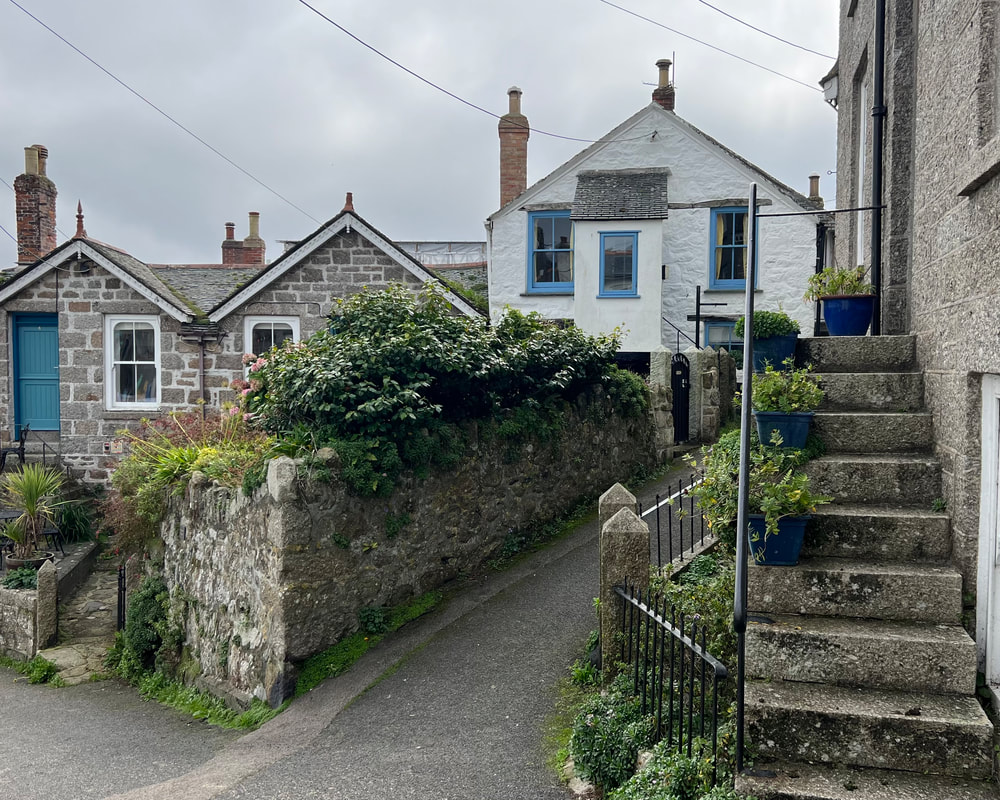|
That totally inauspicious-looking building at the end of the pier is the Newlyn Tidal Observatory. And it’s here—right here in Newlyn—where the mean sea level for all of the Uk is identified. This measurement forms the starting point for leveling the whole of the UK. And not just sea levels: how we calculate height above sea level has a direct impact on how high we measure mountains and how deep we measure valleys.
You can read all about it here but the short answer is: six years. Logan Rock is a massive 80-ton granite monster that used to actually rock in the wind. The most famous of Cornwall’s “Logan” or “Logging” (rocking) stones, the rock, balanced precariously on the cliffs overlooking Porthcurno Beach, was famed for its ability to rock gently back and forth with the slightest touch.
Until a couple doofuses came along and ruined it all. In 1824 a group of (bored? crazy? gormless?) sailors from the Royal Navy cutter, Nimble, and under the leadership of one Lieutenant Hugh Goldsmith, decided to disprove the assertion that no mortal man could dislodge the rock. The hapless seamen succeeded in tipping the rock down the cliff and into the sea. It rained too hard on Friday so we postpone this walk to Saturday and the weather is fantastic! This section of the SWCP winds up and around boulders, through boggy patches, across narrow paths where you have to hold your arms in to avoid the bramble hedges, across streams and stone bridges, and over a rock beach. The word we used most often to describe the hike and the day was "glorious".
Also, maybe one of the first phishing attempts started here. It all involves science and history but I’m skipping the boring complicated parts and sticking to the juicy, can-you-believe-it parts. In the late 1900s the telegram, which uses Morse code, was the quickest way to send a message; sort of like social media but with dots and dashes instead of words and pictures. Imagine how hard it was to convey emotion without smiley faces. These messages flew magically through the air via wires and cables. About 150 years ago the shore end of the very first international telegraph cable, which must of been hugely long and unthinkably heavy, was hauled out of the sea like a wriggly serpent and up onto the beach in Porthcurno. This cable would connect Britain to India and later, to other parts of the British Empire. When the Eastern Telegraph Company, the largest cable-operating company in the world, was formed Porthcurno became the hub of communication for the entire British Empire. Soon they would be the most important telegraph station in the world. The international telegram, snaking proudly though miles of undersea cable, was king in the communication sector. But then came a nasty rivalry that involved spying and subterfuge and theft and hurtful words. This is the juicy part. The rivalry started when technological innovations brought new-fangled capabilities to the communication sector. Nobody knew it at the time but that cable would soon be dying a lonely death on the lonely sea floor, despite all the hard work drudging it up onto Porthcurno Beach after pulling it 2000 miles across the sea. It all started In 1888 when Heinrich Herz (of hertz and megahertz fame) discovered and produced radio waves. An article about these radio waves caught the eye of an Italian scientist named Guglielmo Marconi. The article suggested that radio waves could be used to communicate without needing cables. A light bulb went off in Marconi’s head (luckily these had recently been invented) and he started experimenting with sending signals using electromagnetic waves. No cables. No wires. No back-breakingly heavy serpents slithering on the beach. In 1901, Marconi sent and received the first radio signals across the Atlantic Ocean, ignoring the pundits who predicted that the waves would be lost due to the curving of the earth over that long distance. Setting up a specially designed wireless receiver in Canada, he used a glass tube filled with iron filings and some balloons to lift the antenna way up high. No unwieldy cables needed at all. And from where were those very first wireless telegrams sent? Just down the beach from Porthcurno in Poldhu, Cornwall. “Shortly before midday I placed the single earphone to my ear and started listening. The receiver on the table before me was very crude -- a few coils and condensers and a coherer -- no valves, no amplifiers, not even a crystal. But I was at last on the point of putting the correctness of all my beliefs to test. The answer came at 12: 30 when I heard, faintly but distinctly, pip-pip-pip. I handed the phone to Kemp: "Can you hear anything?" I asked. "Yes," he said. "The letter S." He could hear it. Rightfully concerned that Marconi’s invention might pose a commercial threat to that 2000-mile-long cable they just dragged across the world and hauled up on the beach, the Eastern Telegraph Company did what many companies do in times of trouble, they set up a 170 ft wooden mast on the cliff above Porthcurno to spy on Marconi’s Poldhu station. This was hugely visible for miles around but still, it worked.
The telegraph company was not only able to record several of Marconi’s private messages and publish them in a magazine, but they intercepted a public demonstration by interjecting rude messages into the live broadcast. That’s what the article called them: “rude messages’. If only we could know what these messages were. Probably something involving “your mom is so stupid..” or “I know I am but what are you?” We will most likely never know. The feud continued until eventually, as happens today, a merger united Britain’s communications into one operating company, and the Cable & Wireless Limited was formed. Probably most of the men who hauled that cable and built that mast and eavesdropped and came up with rude messages, as well as most of those men on Marconi's team who were appalled to discover their clever wireless invention was not as private as they thought, lived happily ever after. The end. It rains all night and all day, sometimes quite fiercely. Hoods on most of the time, phones tucked safely away, very few photos. We take a bus to Porthcurno to check out the Minack Theater, then walk the SWCP to Treen, unsuccessfully dodging puddles, getting soaked through to the skin, and missing the turnoff to Treen not once but twice, both times having to backtrack. Eventually we find the path, then Treen, then the 15th century pub Logan Rock, where we try and fail to dry off and get warm. Every part of us and our gear is soaked. Taxi home to hot showers, warm beds, and clothes steaming on the radiators. Logan Rock Inn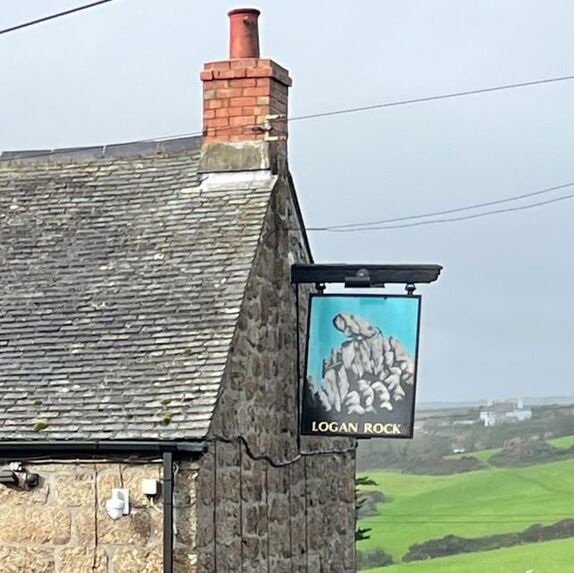 The Logan Rock Inn is a 16th century village pub that looks pretty much like it did hundreds of years ago. Cozy ambience. Ancient tables and chairs and benches covered in warm faded red velvet. We get a half pint of Rattlers (me), a pot of tea (Betsy), and two bowls of fantastically delicious bone warming soup. A favorite pub in a favorite hamlet! TreenTreen is a hamlet in far west Cornwall, not far from Porthcurno Beach. (A hamlet is smaller than a village and distinctly without a church. There is almost always a pub though!) Treen sits about half a mile inland from Treryn Dinas, an Iron Age cliff castle. The first records of the name is Tredyn (1304) and Trethyn (1314), which means farm + fort. The hamlet consists of rugged homes and buildings that can easily face down the squalls that sweep savagely across the cliff tops. Everywhere and everything is made of granite. Below is a description of the village by Francis Kilvert, who was an English clergyman whose diaries reflected rural life in the 1870s. ... and we came to a strange bare wild village where everything was made of granite – cottages, walls, roofs, pigs "crows" (sties), sheds, outbuildings, nothing but granite, enormous slabs of granite set up on end and roofed with other slabs." The stone church in Zennor was built between the 13th and 15th centuries and includes a tower and small broody graveyard that feels just like out of a Bronte book. Inside, visitors can find one of the most intriguing features: a bench-end with carvings of fish on the seat and a woman admiring herself in a mirror; this is the “Mermaid Chair.” The wooden seat dates back possibly to the 15th century. It is carved from oak, and depicts a woman with long hair and a curvaceous figure, but in place of human legs she has a scaly tail with fins. In her hands she holds a comb and mirror because isn't that what mermaids do? Sit on rocks and comb their hair? According to local lore, a beautiful and richly dressed woman would attend services over the course of many years. No one knew where she came from and she never seemed to age. One day the mysterious woman took a fancy to the churchwarden’s son, Mathew Trewella, who followed her home after service one fine morning. The two were never seen again.
One version of the story says that the bench was carved to warn young men not to be tempted by mysterious women. Another version says that the mermaid chair was the very bench on which the mystery woman sat to entice young Matthew. Jeez. Mermaids sure get a bad rap. It was the thought of this pub at the finish of our walk that kept us going today. The Tinners Arms dates back to 1271 and is one of the oldest inns around. It was originally built simply to provide beds, food, and ale for the masons building the church next door. Inside it’s warm and cosy, dimly lit, and wood-smokey. The fire helps our clothes dry from the on and off again drizzle. We met everyone at the table behind Betsy as we walked today, and there's a happy camaraderie throughout; we’re all feeling pretty pleased with our hiking accomplishments! No Rattlers here so I tried the Polgoon, which is made right in Penzance. Excellent! I now have a second favorite cider.
This was a killer hike. The guide book calls it very strenuous and they are not kidding. Bob and I walked it 10 years ago as our very first SWCP hike but I do not remember the gigundo boulders we had to clamber over and through and up and down. I also don't remember having to trudge up a rocky muddy stream running from the top of the hill right down along the path. But again, it was a decade ago so maybe the memories are blurred. Plus I was 10 years younger; probably it wasn't as hard. The path was about 6.5 miles, total of about 10 for the day. It's 7 pm and we are ready for bed!
In 1595 the Spanish Armada arrived in Mousehole and 400 Spanish soldiers attacked the tiny village, burning pretty much everything to ground. The one building to survive: a pub. (Most likely the Armada men needed some refueling after all that scorching and when they stumbled out singing Spanish football songs at the end of their revelry they were simply too drunk to toss the last match.) The former pub was called Keigwin Arms and of course we knew we’d have to find the tiny lane it perches on because this is history. Supposedly Squire Keigwin was killed by a cannon ball defending his house, so there's really no happy ending to this story except for that the building still stands.
|
